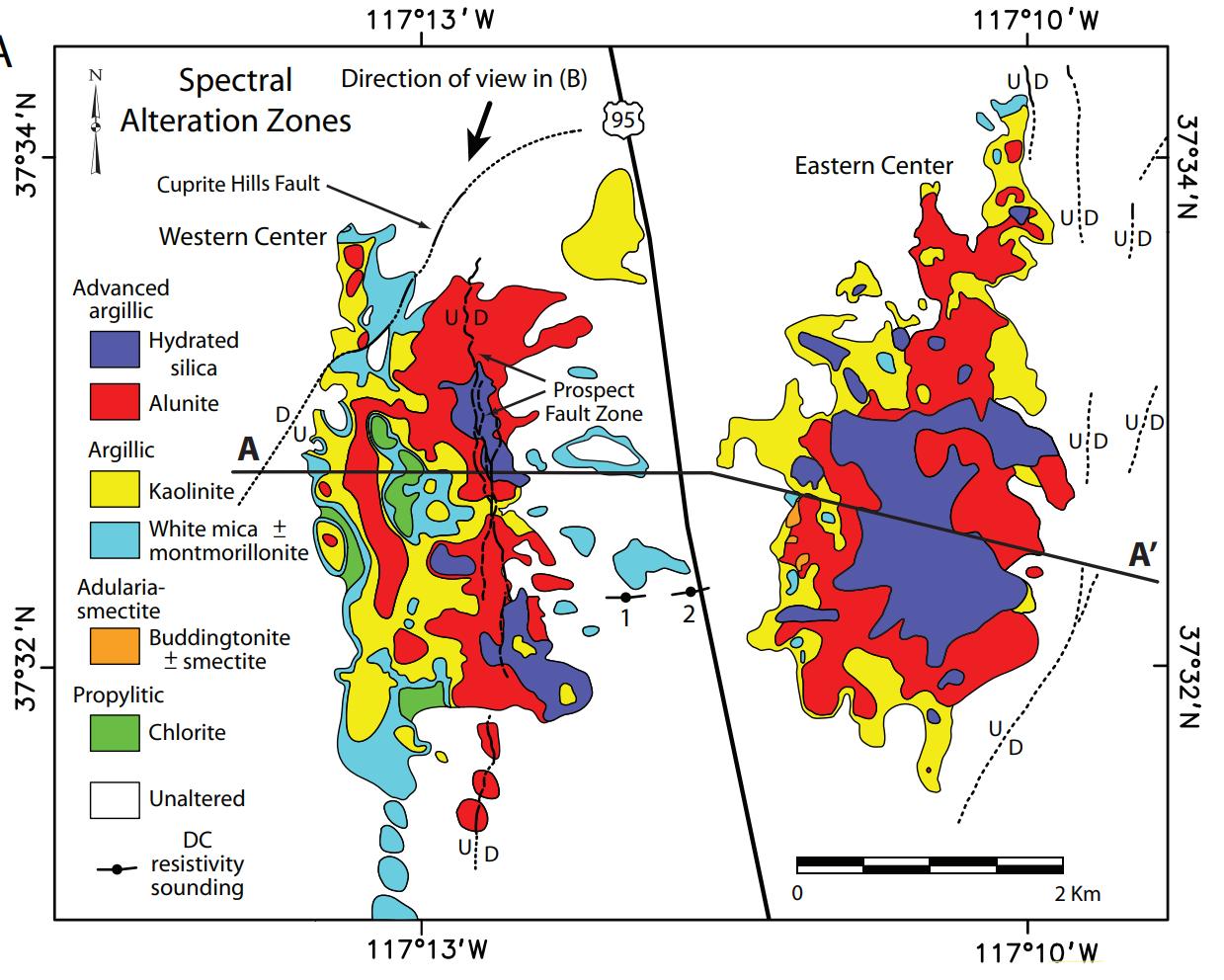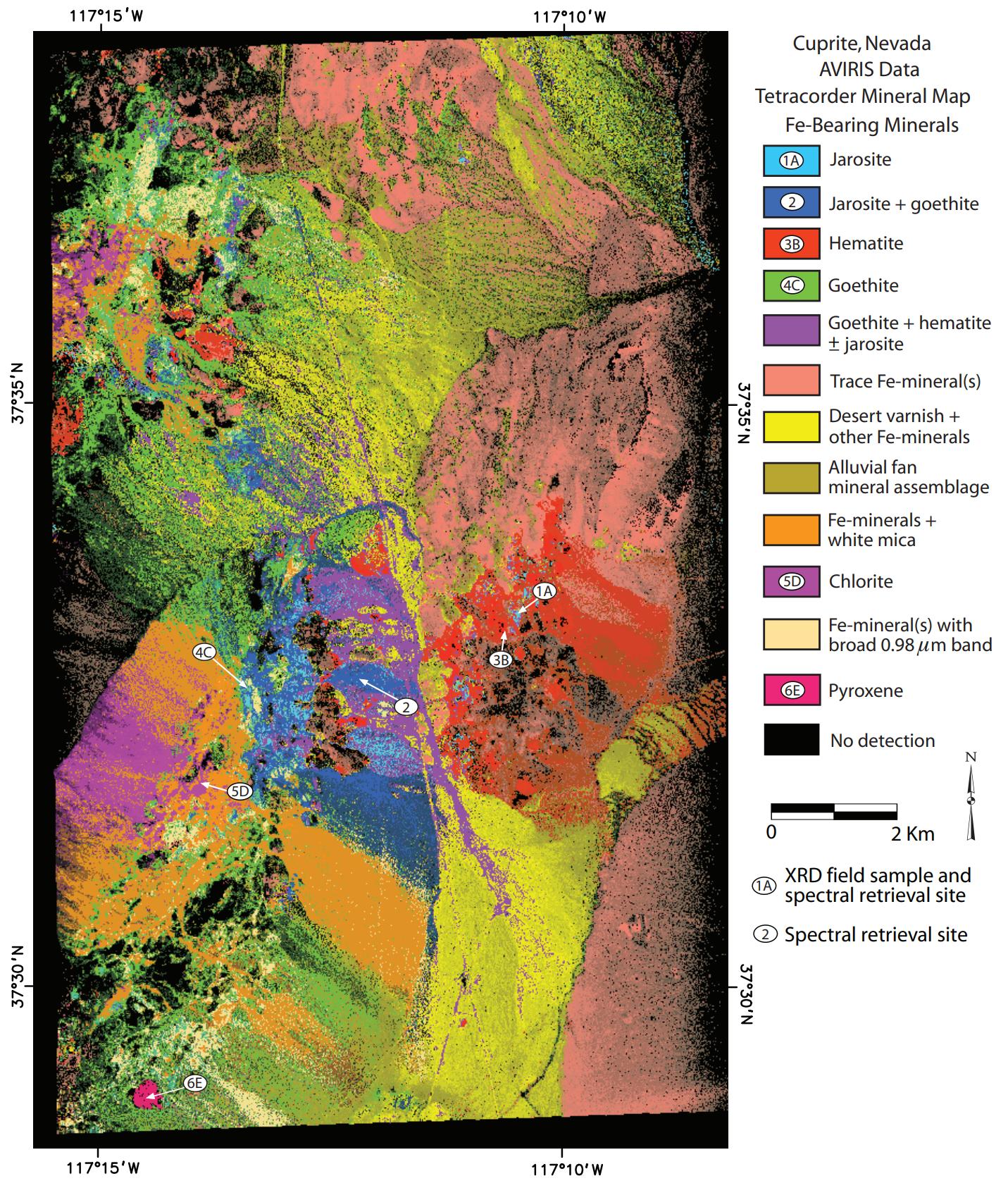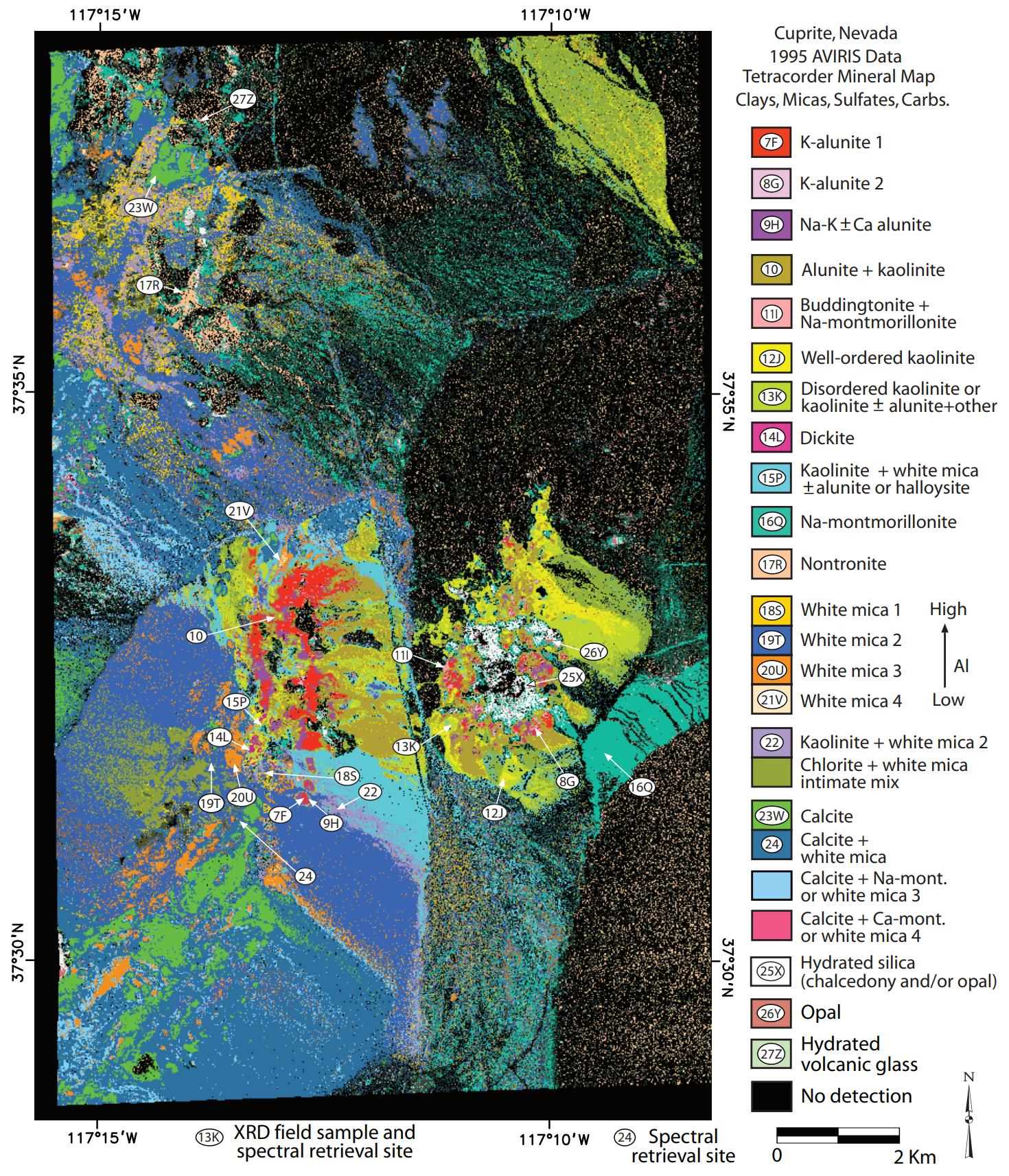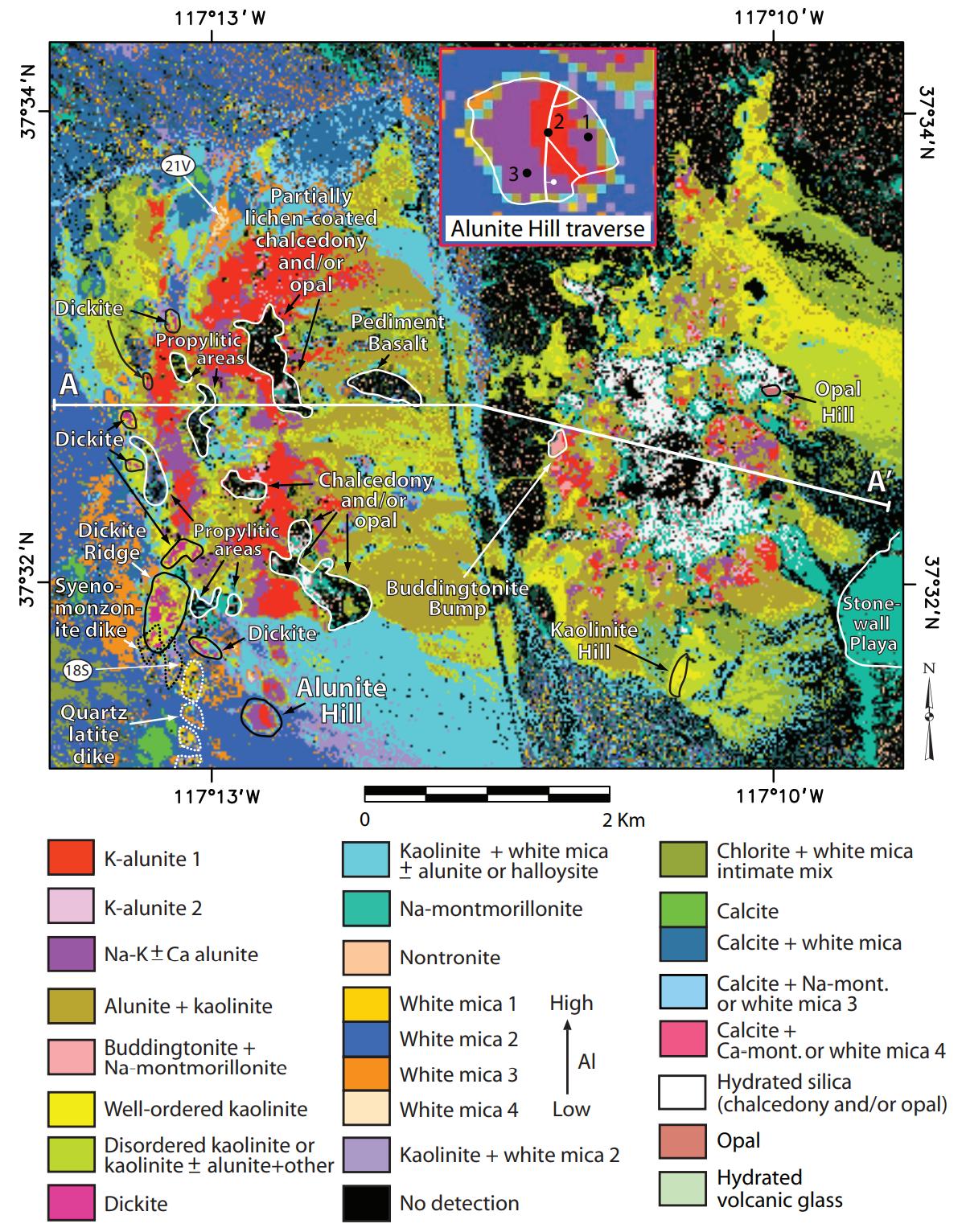Case Study: Cuprite (low sulphidation epithermal)
This case study provides a step-by-step guide covering how to generate and interpret our recommended mapping products for low sulphidation epithermal deposits. You can follow along by walking through the case study, or load the linked Marigold project file to automatically load the products into Marigold.
+----------------------------------+----------------------------------+ |
Deposit type | Low Sulphidation Epithermal |
+==================================+==================================+ |
Location | Cuprite, Nevada, USA |
+----------------------------------+----------------------------------+ |
------------------------------ | ------------------------------ |
+----------------------------------+----------------------------------+ |
Commodity | Au, Cu |
+----------------------------------+----------------------------------+ |
------------------------------ | ------------------------------ |
+----------------------------------+----------------------------------+ |
Marigold file | Get some sort of shared demo file going |
+----------------------------------+----------------------------------+
Background
Spectral reference site
Lat/lon 37.542628, -117.196650
Zoom 13
Deposit description
This desert site is well known for its excellent exposure, and diverse suite of exposed alteration minerals including advanced argillic alteration (alunite), an extended suite of argillic alteration, as well as a type-locality of ammonium-rich clays (buddingtonite). There is little vegetation on-site except for some lichen. It is characterized as a low sulphidation quartz-adularia hot spring type epithermal deposit, which was overprinted by late-stage steam-heated advanced argillic alteration. Mapped alteration includes Fe-oxides, hydrothermal minerals, many AlOH-species such as clays and micas, as well as sulfates, carbonates and silicates and siliceous alteration (Swayze et al., 2014).
Mining history
This location was intensively prospected for sulphur and mercury, and mined for silicates, but never for metal content. No significant precious metal mineralization has been found. It has been extensively explored and mapped using remote sensing techniques, and is used as a spectral reference site for many sensors for geological remote sensing / mineral mapping.
Characteristics of Low Sulphidation (LS) Epithermal Systems
Epithermal (gold) systems have characteristic mineral alteration assemblages, although there are of course distinctive spectral characteristics associated with each deposit. The mineral assemblages typically define zonation in the alteration system, so being able to recognize the mineral groupings, and this zonation in surface mapping can be key to targeting the orebody, proximal to distal relationships to mineralization and of course help to guide future exploration decisions. Low sulphidation systems like Cuprite typically have alteration zones dominated by the argillic clays, formed from near-neutral hydrothermal fluids. The clay assemblage and zonation largely reflects decreasing temperatures outward from fluid conduits, from illitic clays near the centre of the system and outward through illite-smectite to smectite. Peripheral to the argillic alteration is a propylitic alteration zone, which may have a sub-propylitic zone. This particular deposit also exhibits a late-stage advanced argillic overprinting associated with a steam-heated event (GMEX, vol 4, Epithermal Alteration Systems).
Detailed zonation
+----------------------------------+----------------------------------+ | Advanced argillic | alunite (K, Na-K, & Na), | | | kaolinite, dickite, | | | buddingtonite | +==================================+==================================+ | Central & mineralized zone | quartz-adularia assemblage - may | | | be quartz, adularia, opal, | | | chalcedony | +----------------------------------+----------------------------------+ | ------------------------------ | ------------------------------ | +----------------------------------+----------------------------------+ | Argillic alteration | AlOH clays - mainly illite, | | | illite-smectite, smectite with | | | carbonate | +----------------------------------+----------------------------------+ | ------------------------------ | ------------------------------ | +----------------------------------+----------------------------------+ | Propylitic alteration | chlorite, epidote, carbonate | +----------------------------------+----------------------------------+
Processing guide
Now we'll use Marigold to generate and interpret a series of products using the Fused Bare Earth Composite over Cuprite. Before that, a couple notes.
Each of the products generated here are covered in the Multispectral Mineral Processing Reference worksheet. The worksheet identifies how to compute the product using any of the different commonly used geological remote sensing datasets and what the products were designed to highlight. It's a useful reference to check out.
Also note that Cuprite is a spectral reference site, we're reviewing a few additional products in an effort to demonstrate that mineral mapping using multispectral data like Sentinel-2 & ASTER is truly mapping mineral groups, rather than mineral species. The ground truth maps illustrate that the minerals are very intermixed here. When a product is designed to highlight the characteristics of a specific mineral or mineral group (i.e. Mica_clay), it doesn't mean that the product will preferentially map that mineral. In fact it will generally map most of the AlOH ASTER band 6 minerals that generate an absorption feature at that band. This is why multispectral mineral mapping need validation to confirm the mapping results. In addition to reviewing the typical patterns observed for this deposit type, we'll also review their limitations.
Ok, let's get to it!
Product 1: True color composite
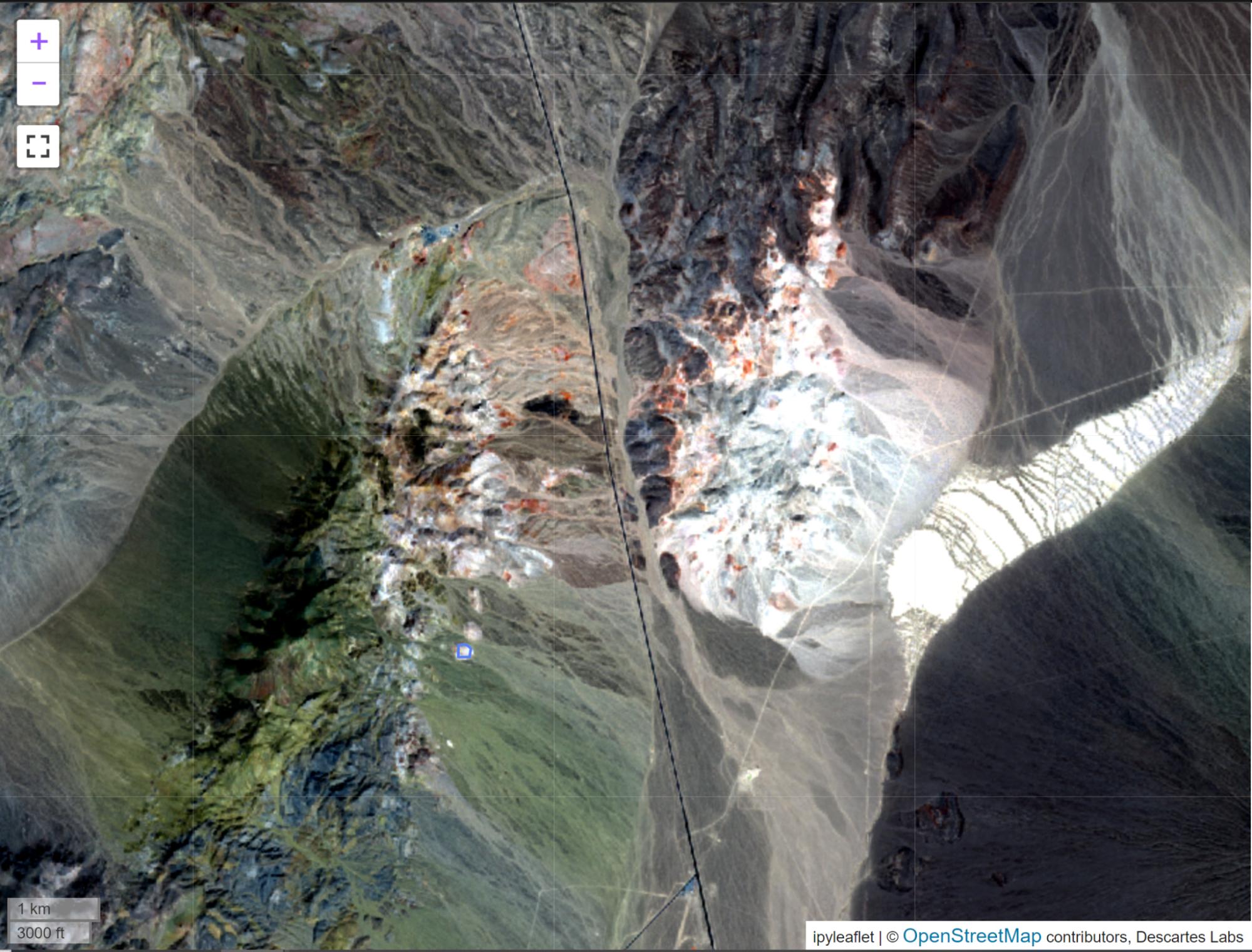
This product provides an excellent overview of the site being targeted in a band combination that is generally used by more exploration teams as a basemap. Also note that Ferric Fe-rich gossans or areas of hematite and/or goethite iron oxides may be visible as reddish-brown cover materials (as is shown below).
- Add the Fused Bare Earth Composite to the map, and use the Settings to map the red, green, and blue bands to RGB.
- Apply a linear 2% stretch by clicking the magic wand.
Product 2: False color composite

Product 3: AST(6,4,1)eq as (R,G,B)
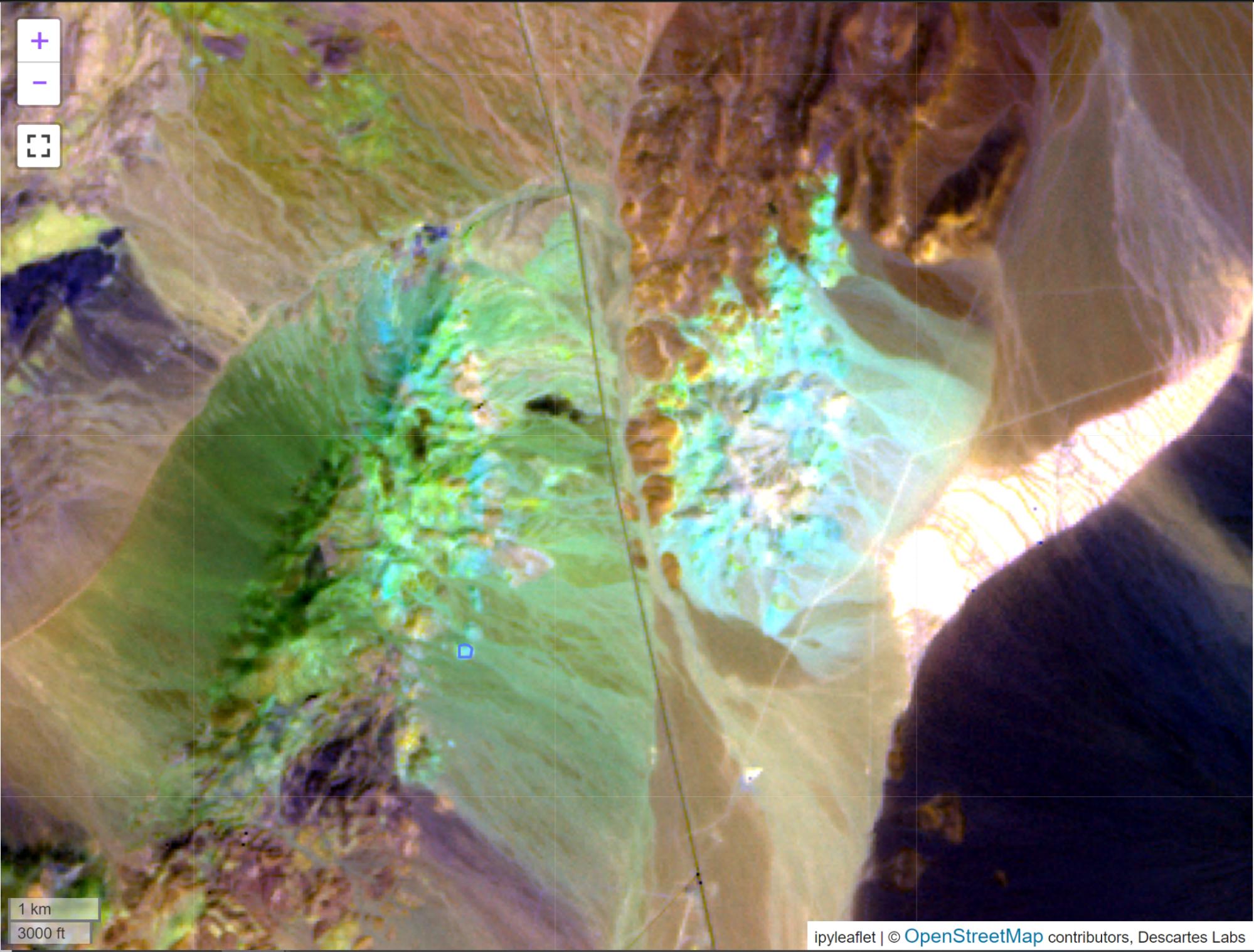 Product 4: AST(6,4,1)eq_dc as (R,G,B)
Product 4: AST(6,4,1)eq_dc as (R,G,B)
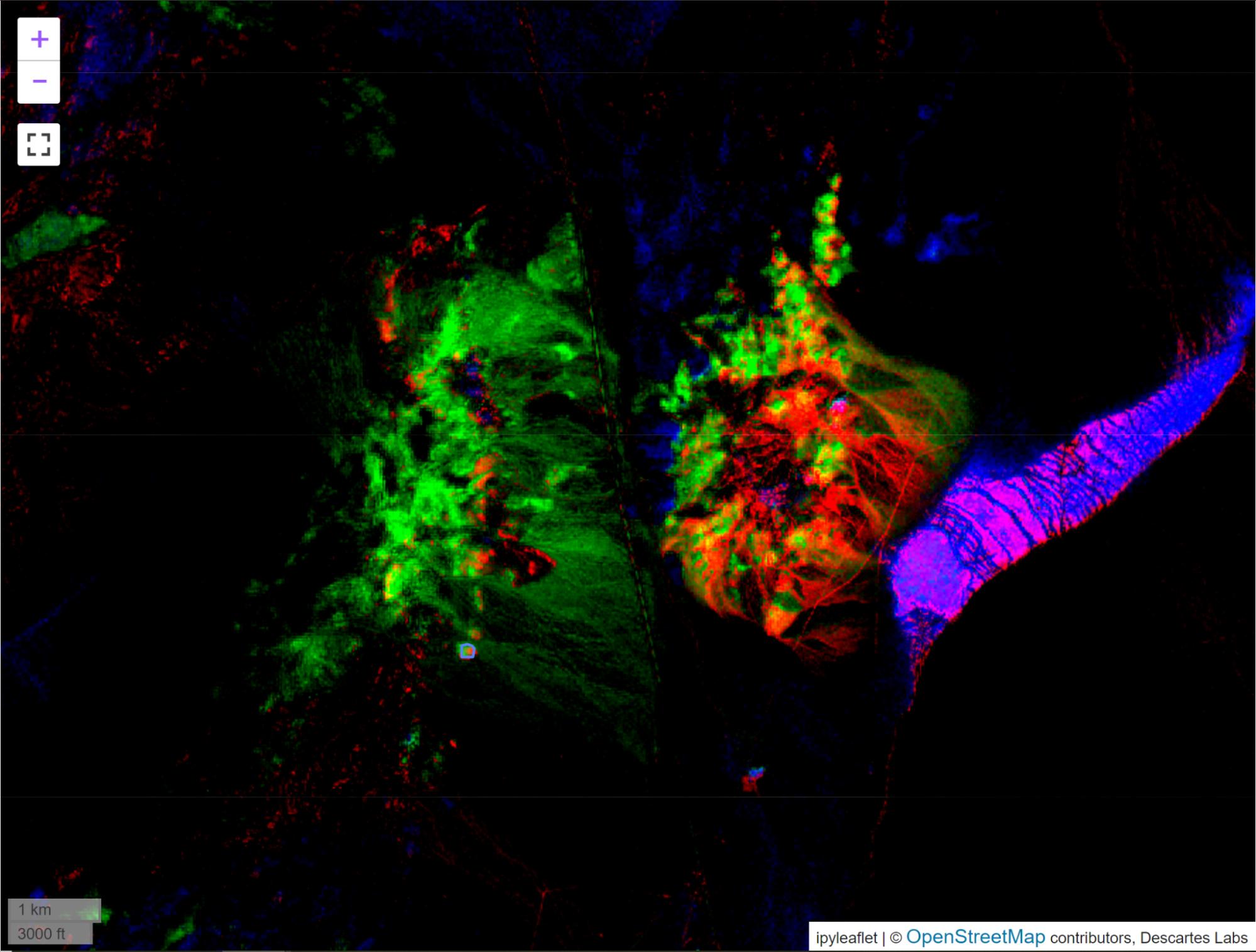 Product 5: AST(9,5,4)eq as (R,G,B)
Product 5: AST(9,5,4)eq as (R,G,B)
 Product 6: Fused BEC - FerricOX_comp (L)
with linear 2% stretch; (R) thresholded results
Product 6: Fused BEC - FerricOX_comp (L)
with linear 2% stretch; (R) thresholded results
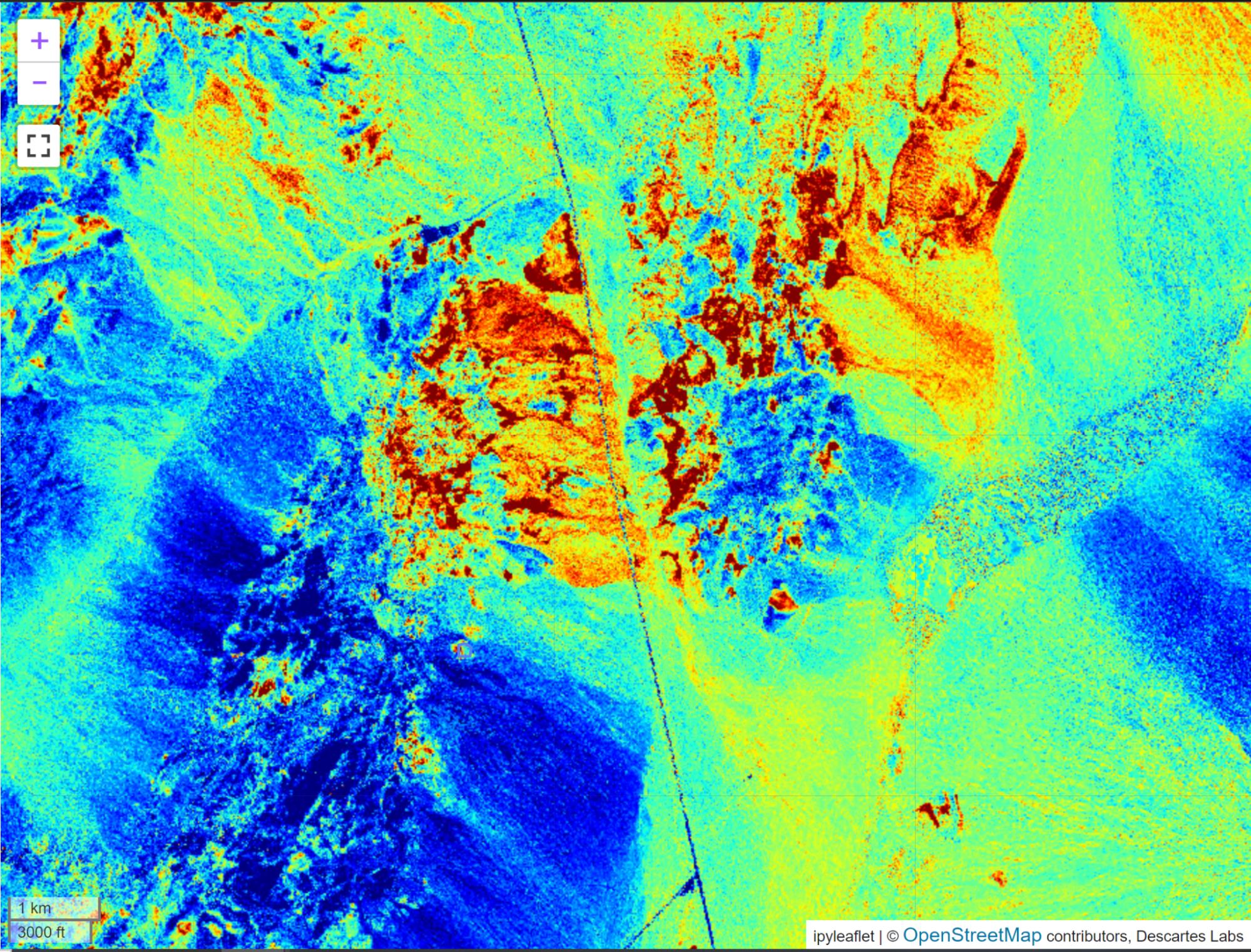
 Product 7: Fused BEC - ALI_index (L)
with linear 2% stretch; (R) thresholded results
Product 7: Fused BEC - ALI_index (L)
with linear 2% stretch; (R) thresholded results


Product 8: Fused BEC - AlOH_b5_index. (L) with linear 2% stretch; (R)
thresholded results

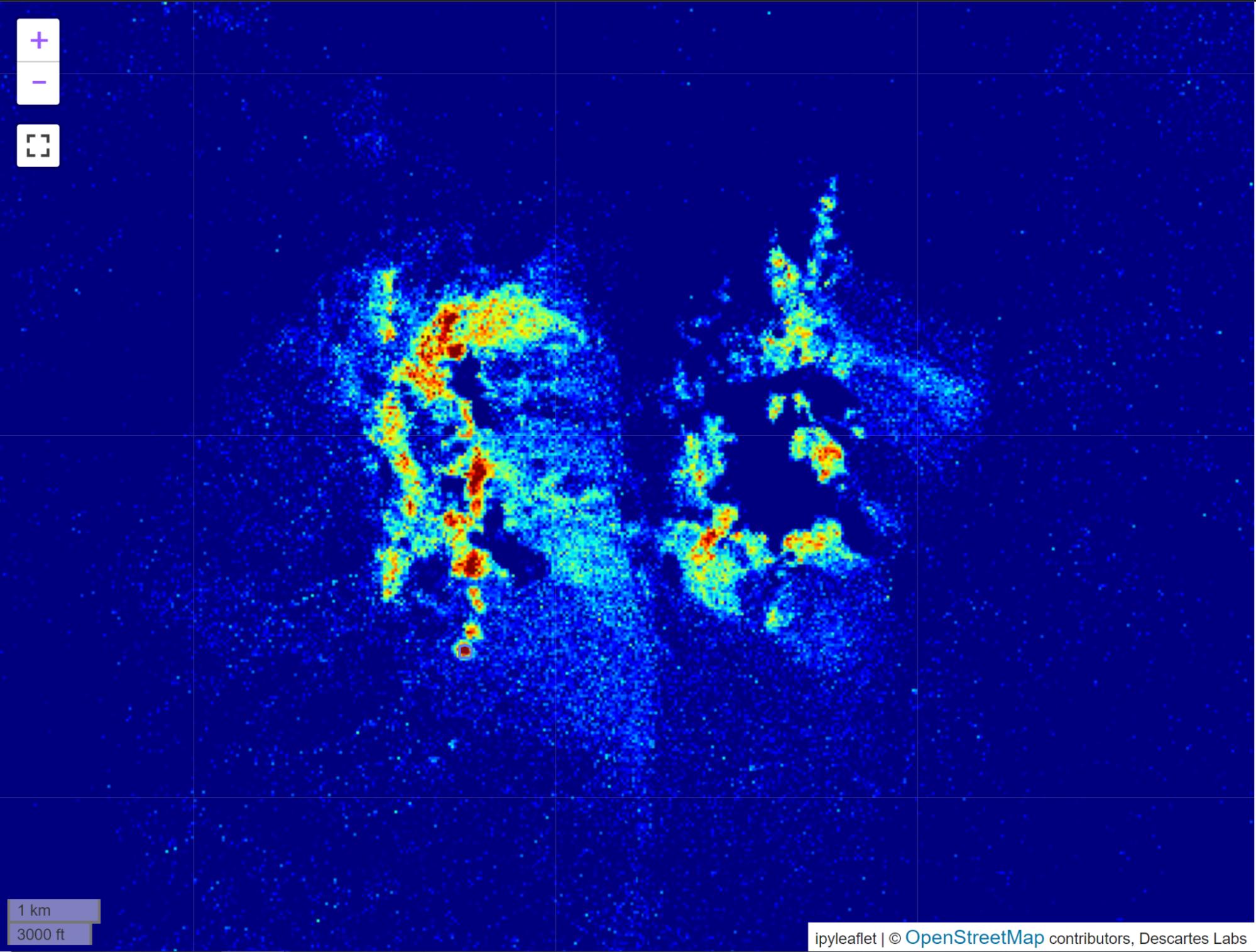
Product 9: Fused BEC - Hewson_kaol (L) with linear 2% stretch; (R) thresholded
results


Product 10: Fused BEC - KaolGrp_index (L) with linear 2% stretch; (R)
thresholded results
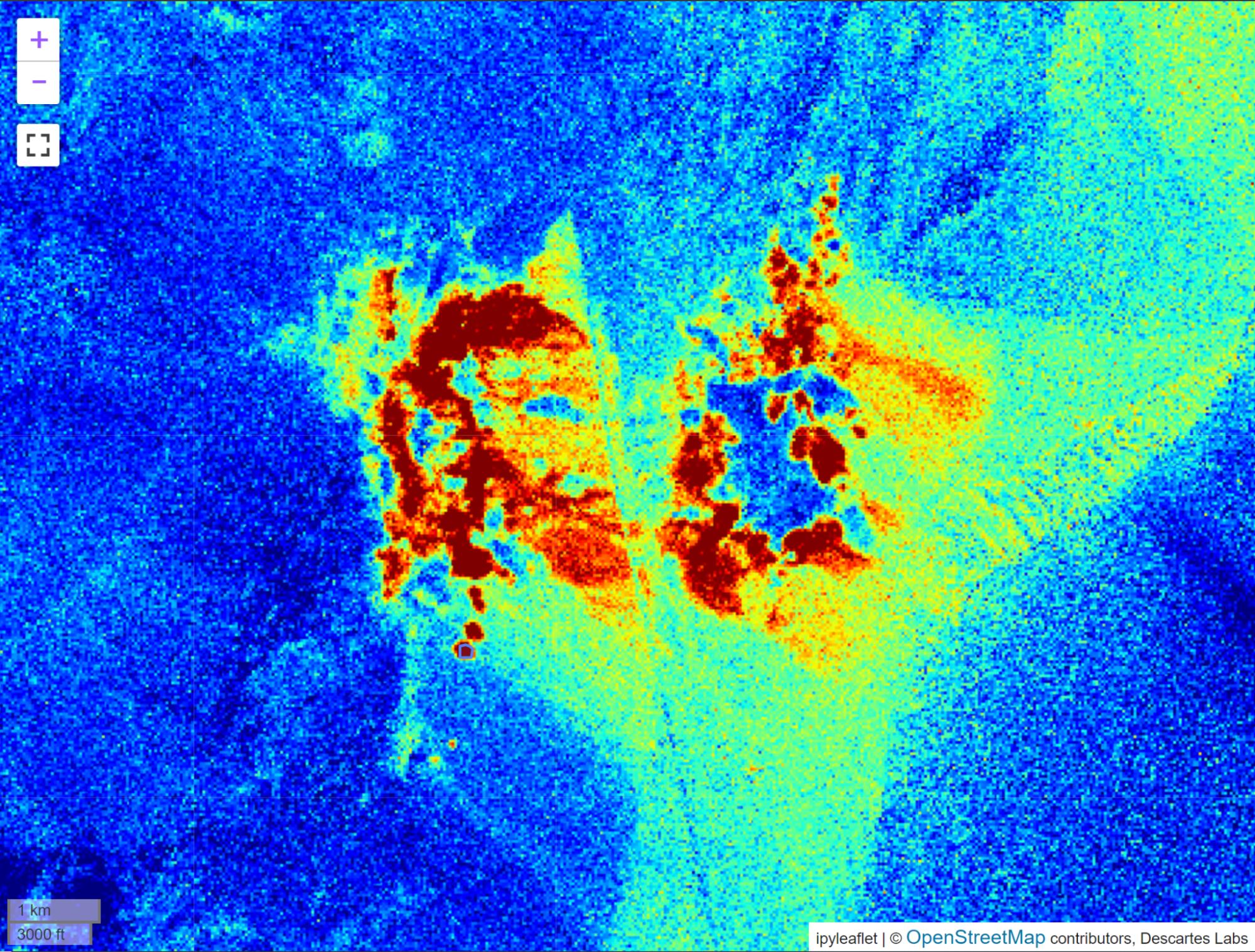
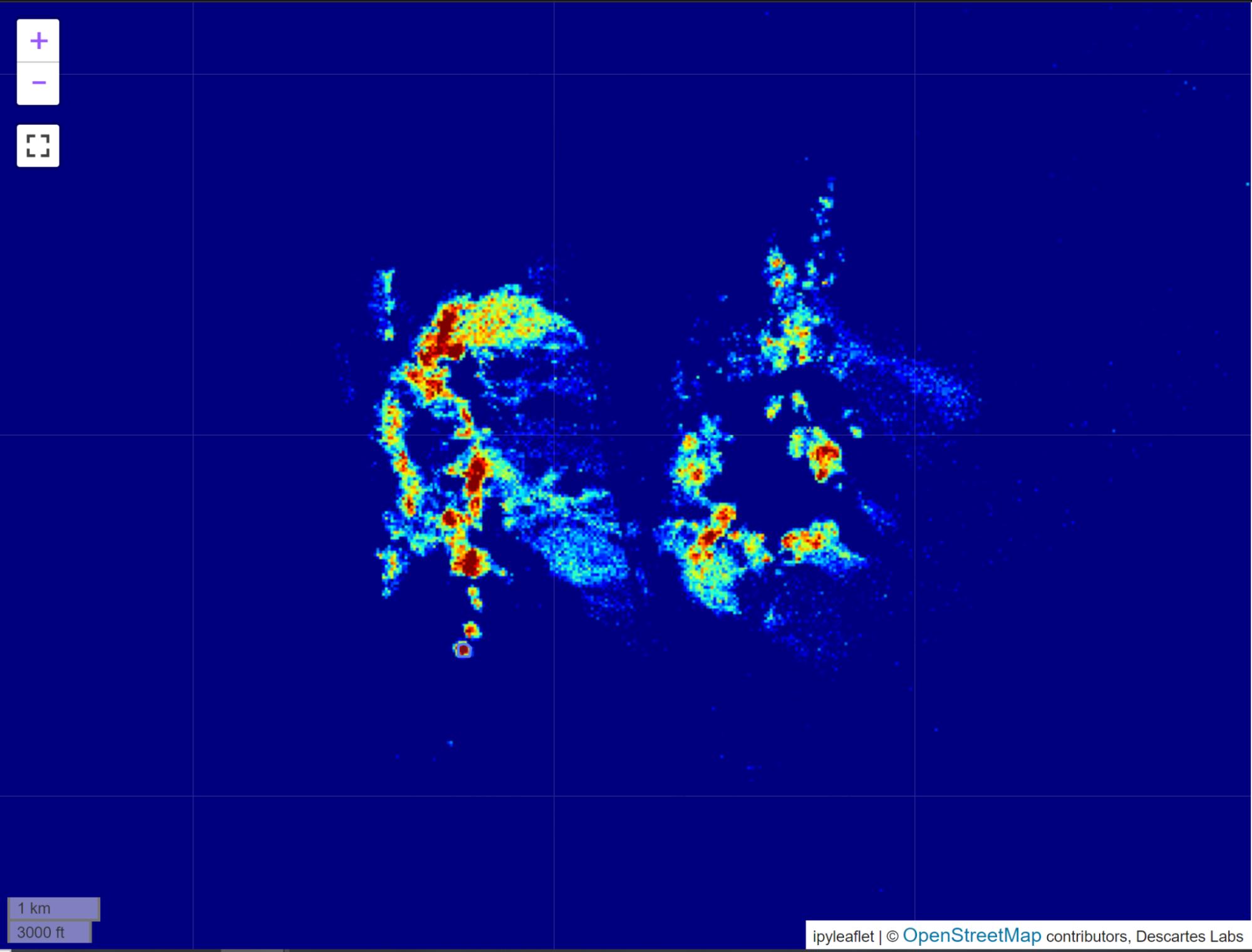
Product 11: Fused BEC - AlOH_b6_index (L) with linear 2% stretch; (R)
thresholded results


Product 12: Fused BEC - Mica_clay (L) with linear 2% stretch; (R) thresholded
results
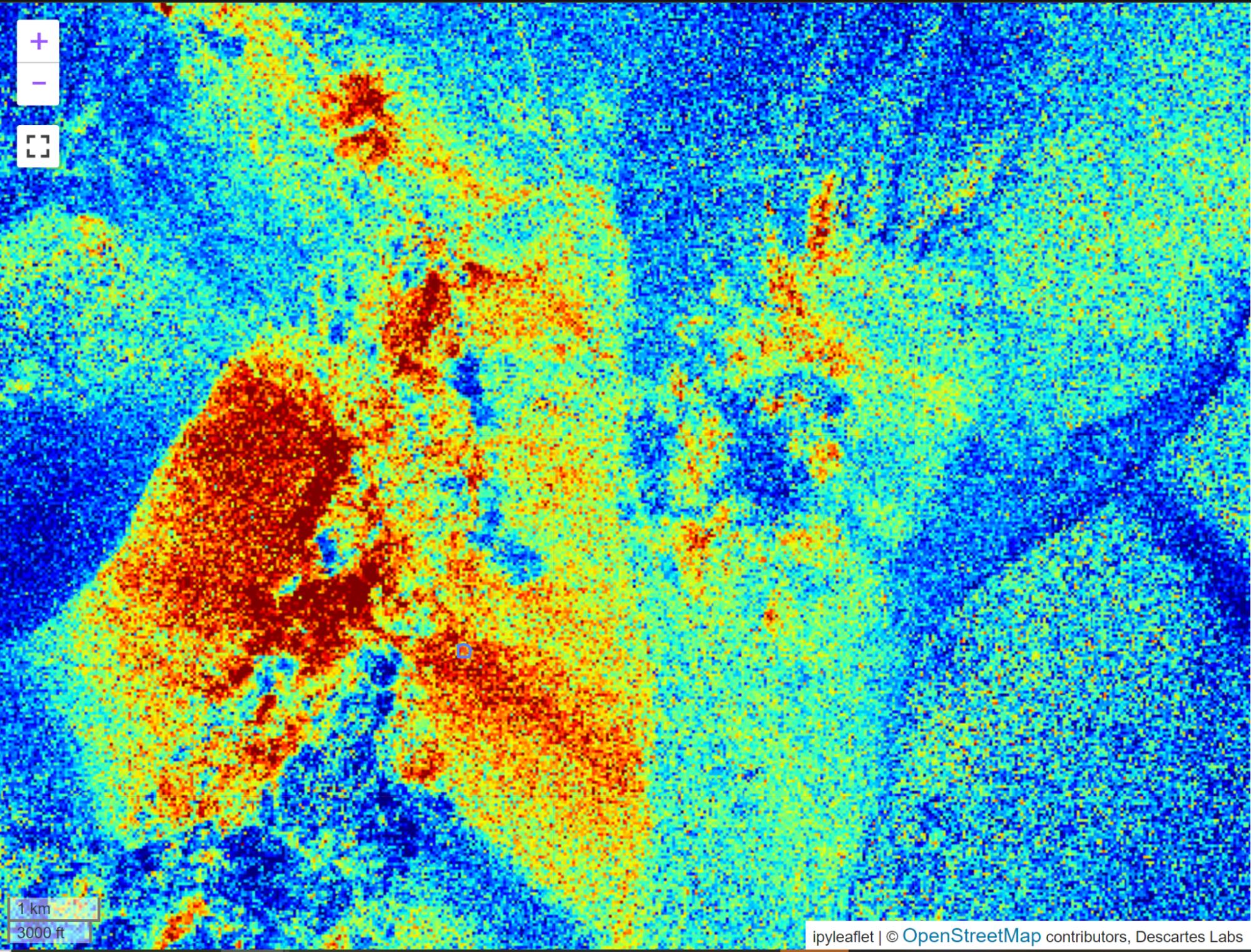

Product 13: Fused BEC - KLI_index (L) with linear 2% stretch; (R) thresholded
results
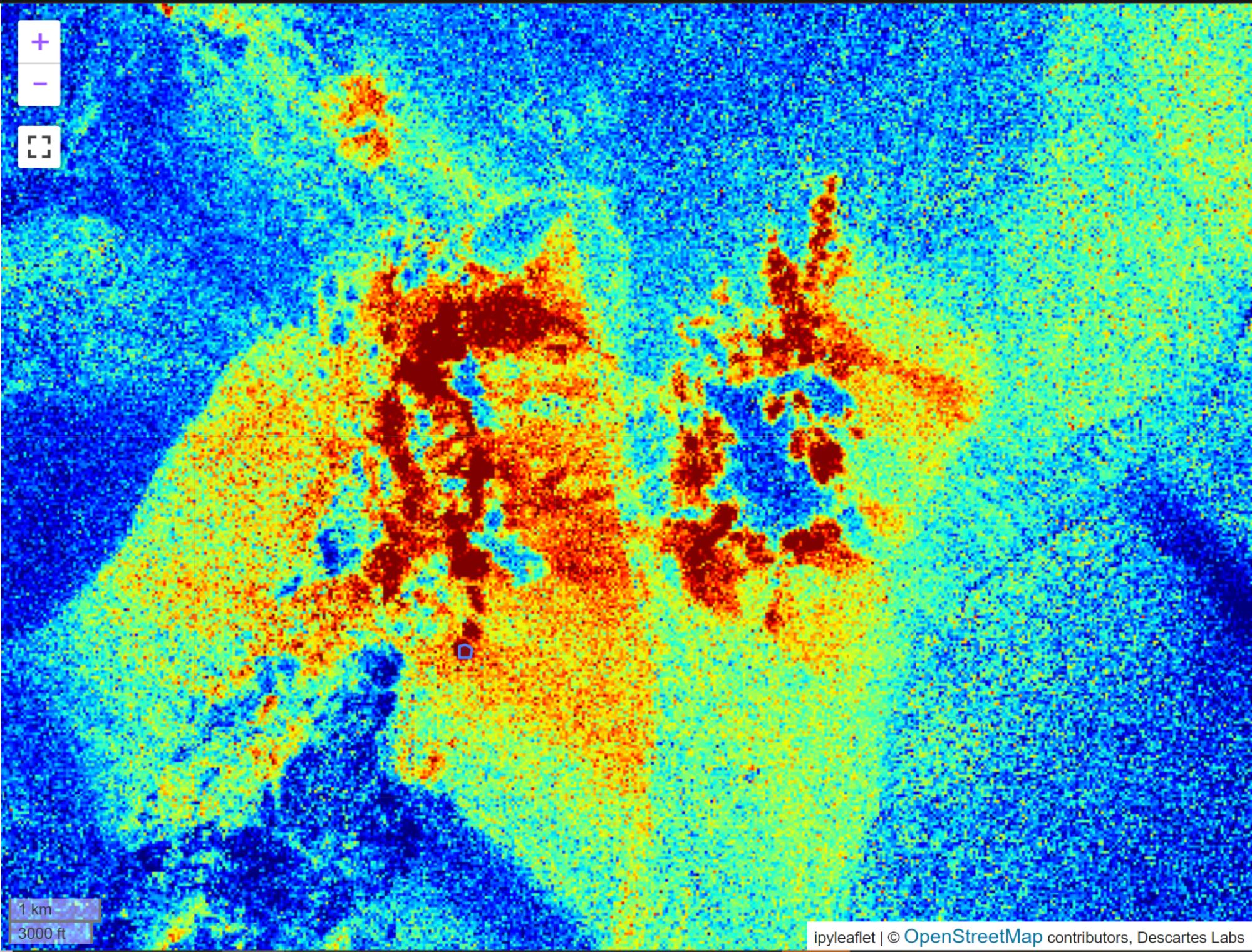
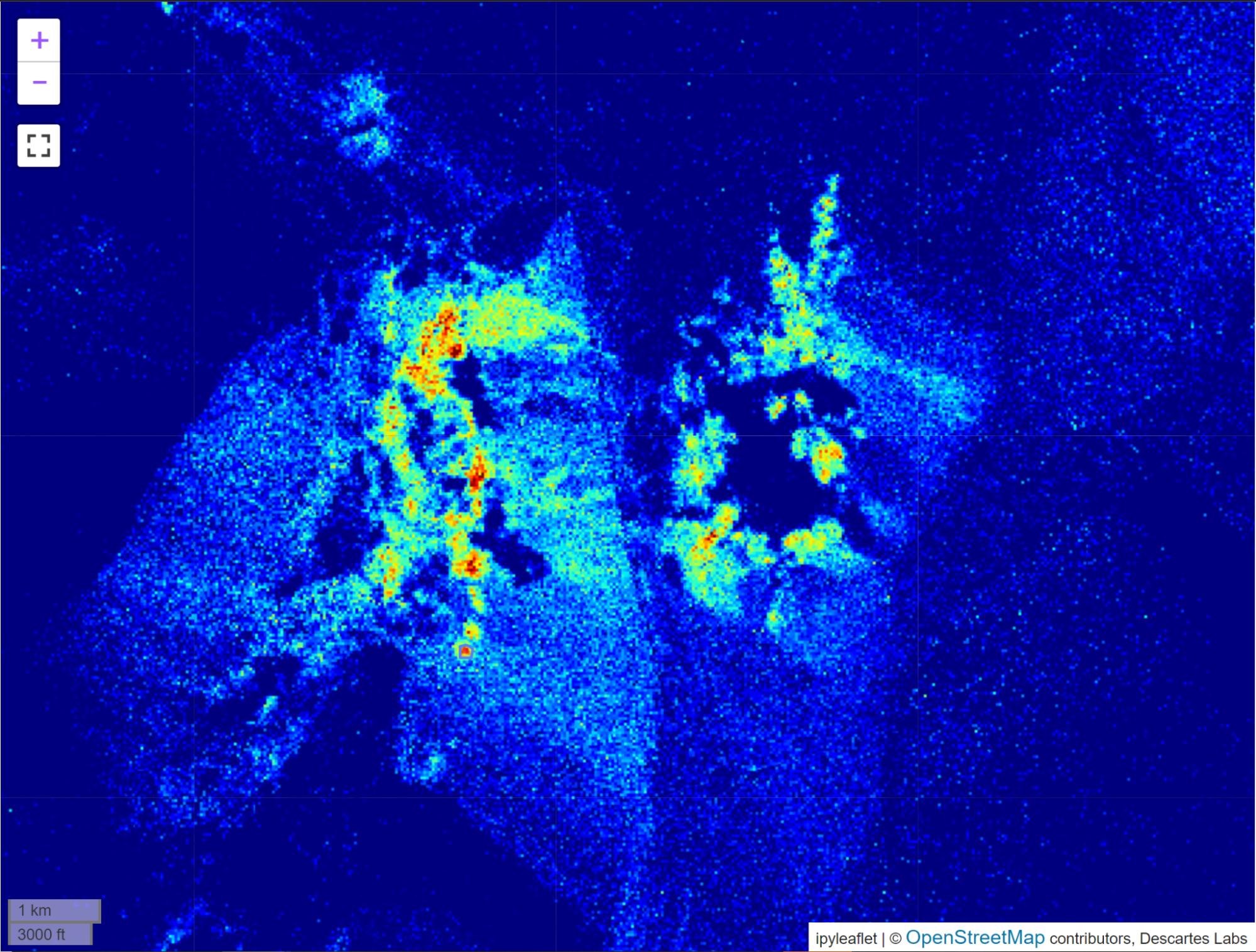
Product 14: Fused BEC - MgOH_Grp_comp (L) with linear 2% stretch; (R)
thresholded results
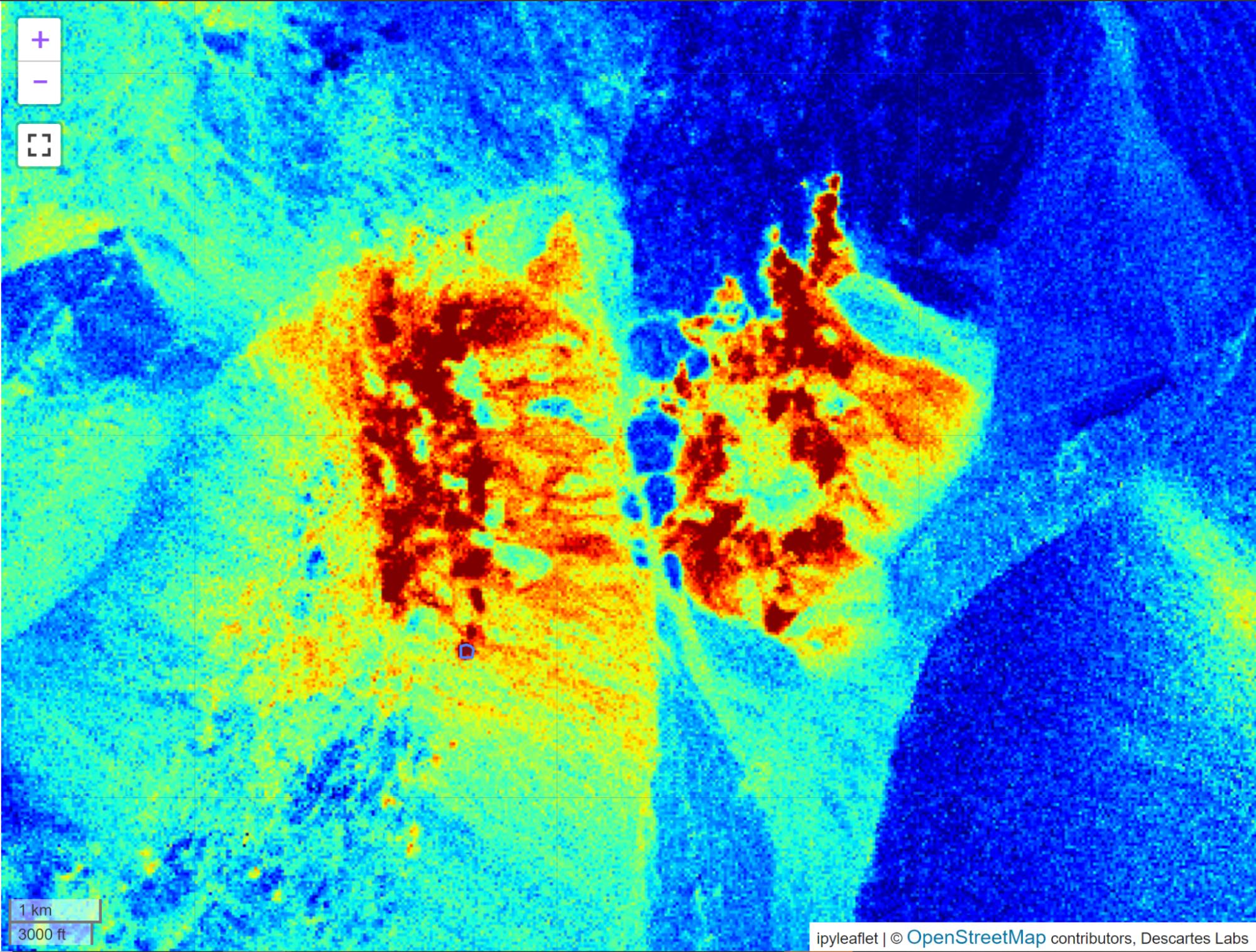
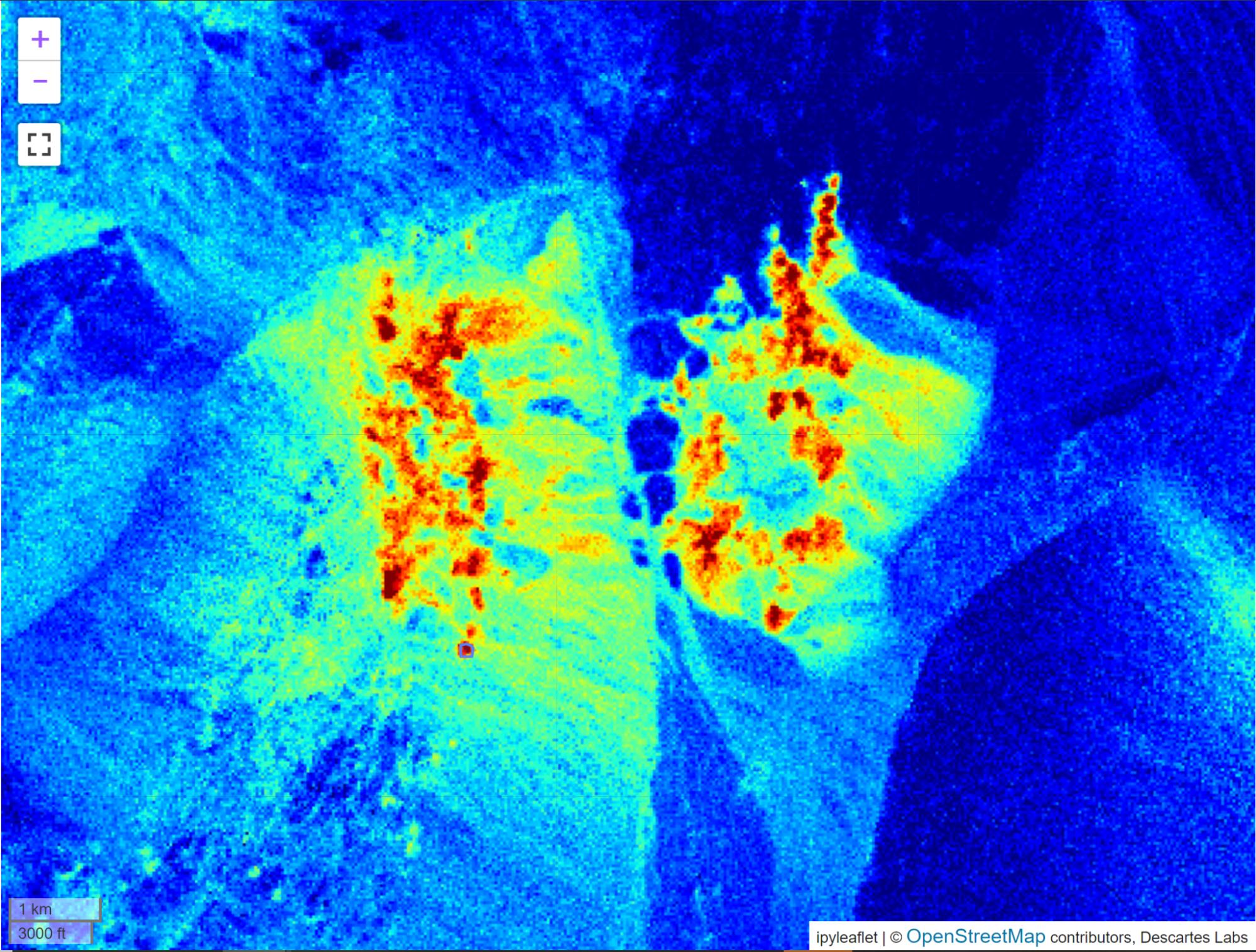
Product 15: Fused BEC - MgOH_b8_index (L) with linear 2% stretch; (R)
thresholded results
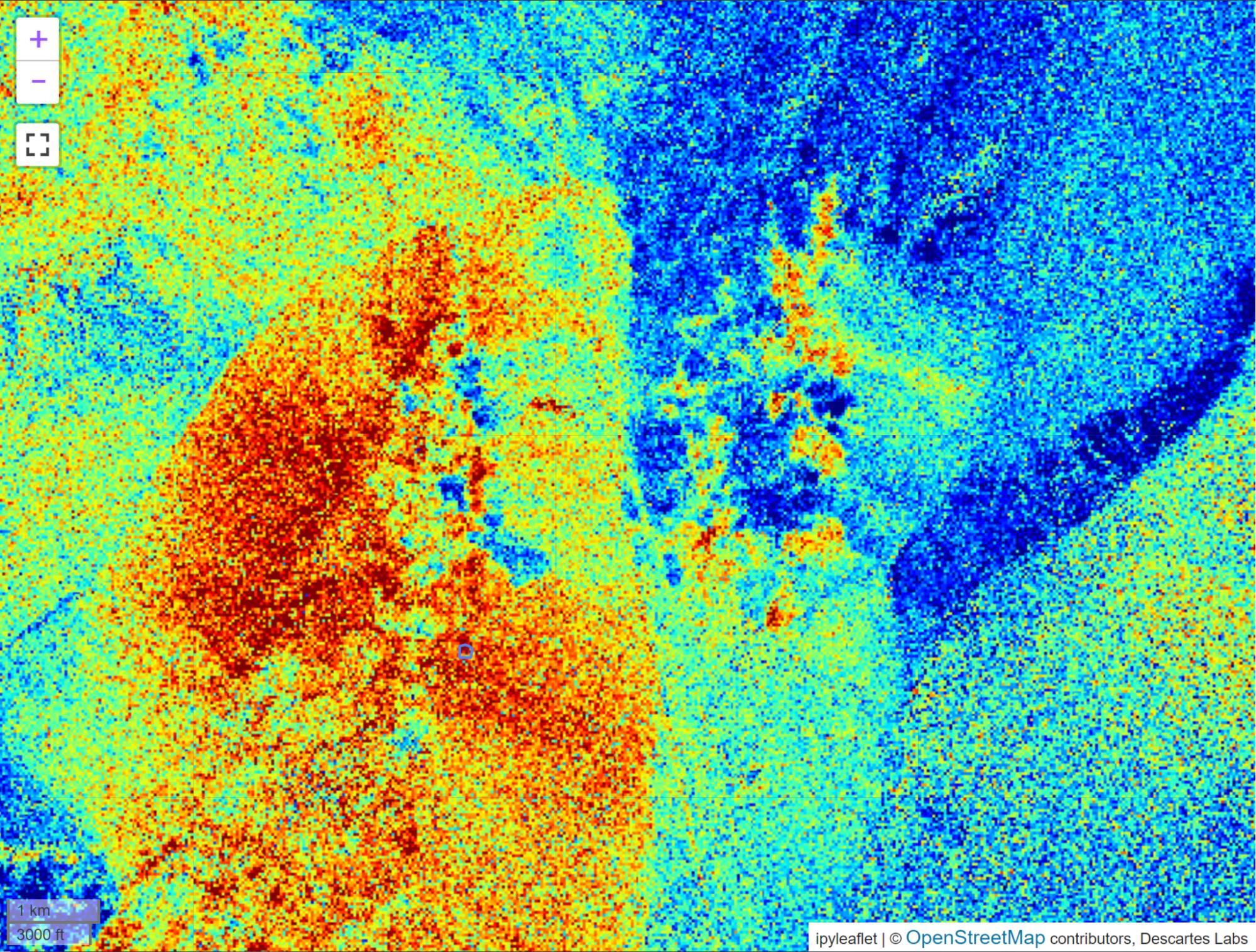

Product 16: Fused BEC - MgOH_grpCont (L) with linear 2% stretch; (R) thresholded
results


Product 17: Fused BEC - WV3_carb_index (L) with linear 2% stretch; (R)
thresholded results
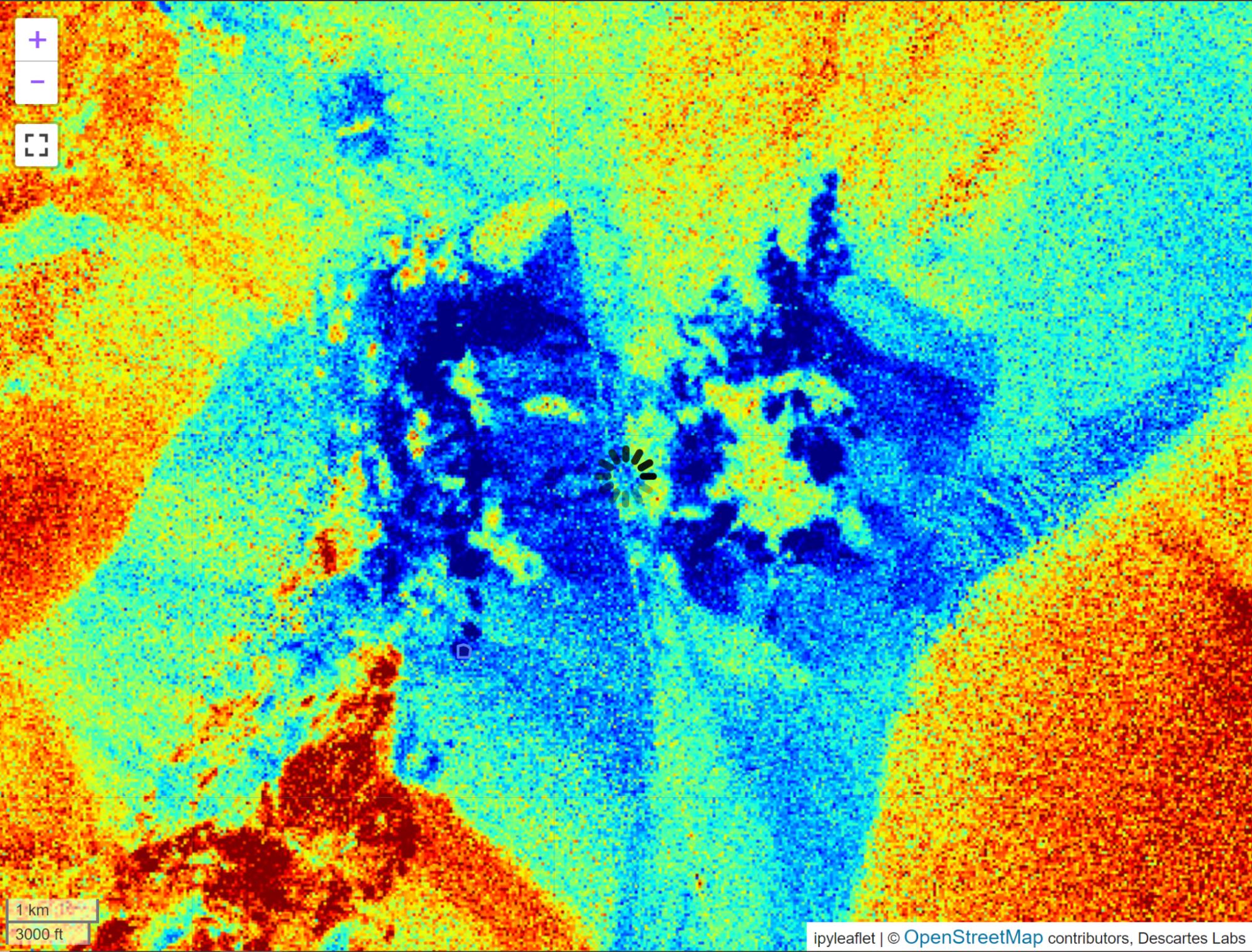
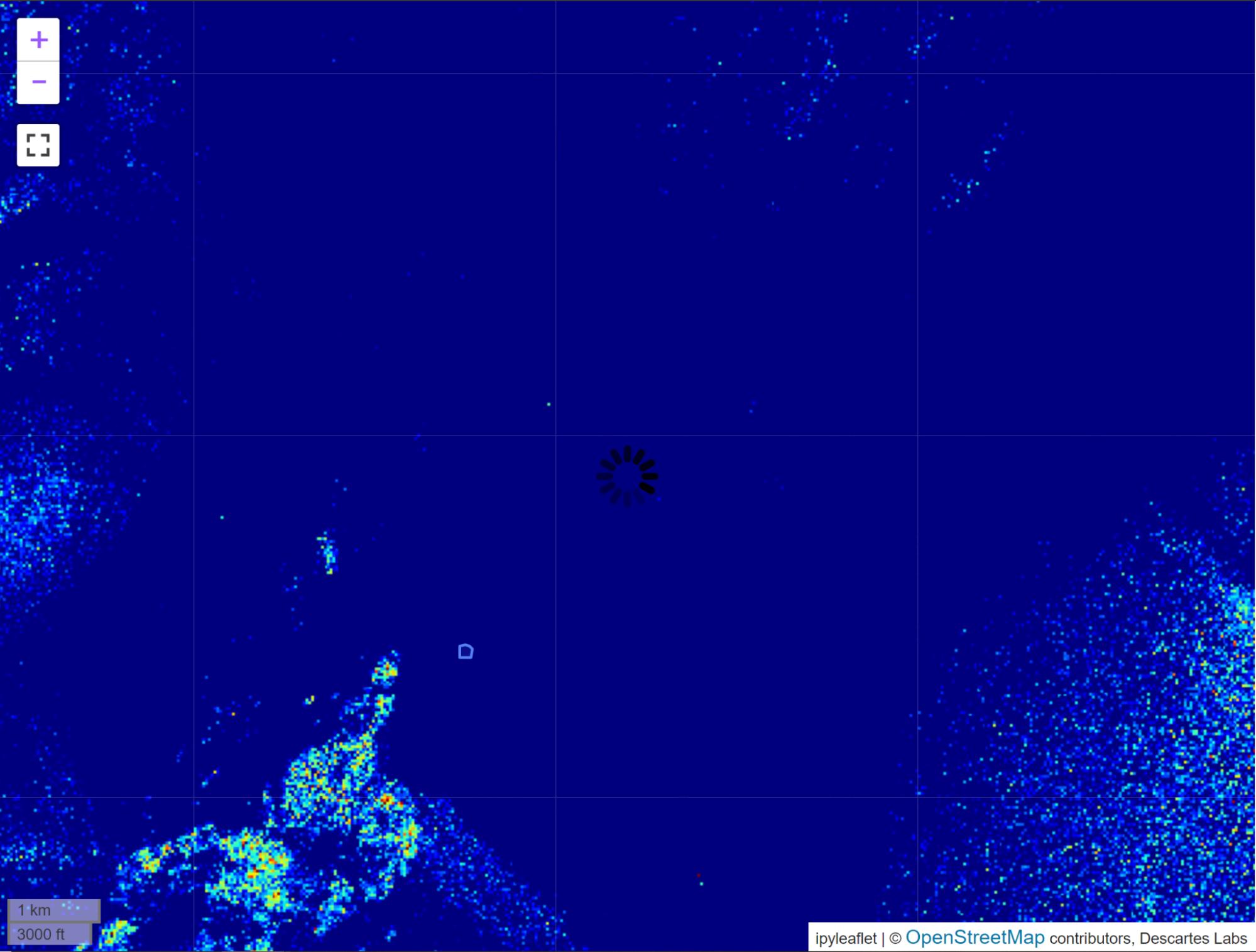
Product 18: Fused BEC - FeOH_b7_index (L) with linear 2% stretch; (R)
thresholded results
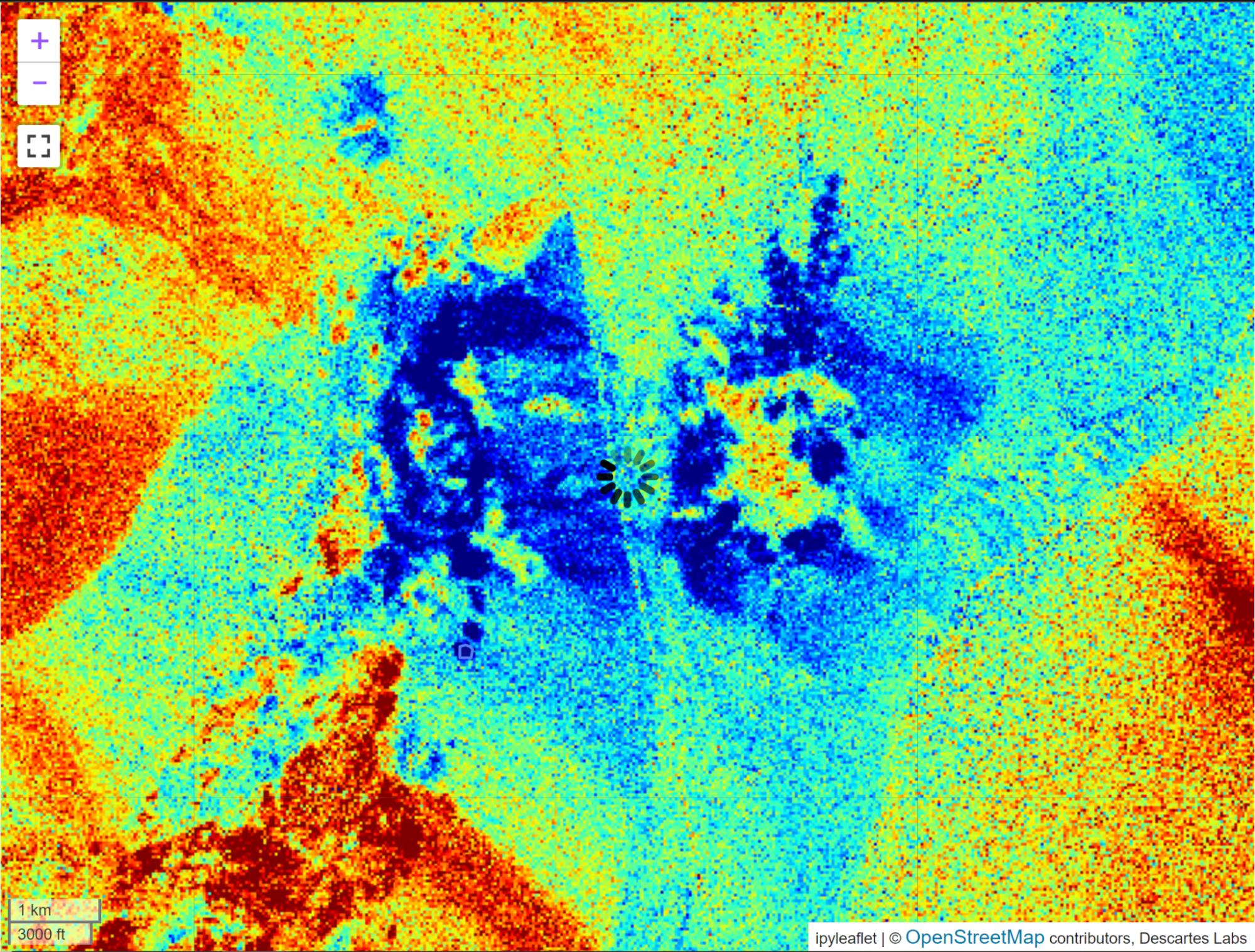
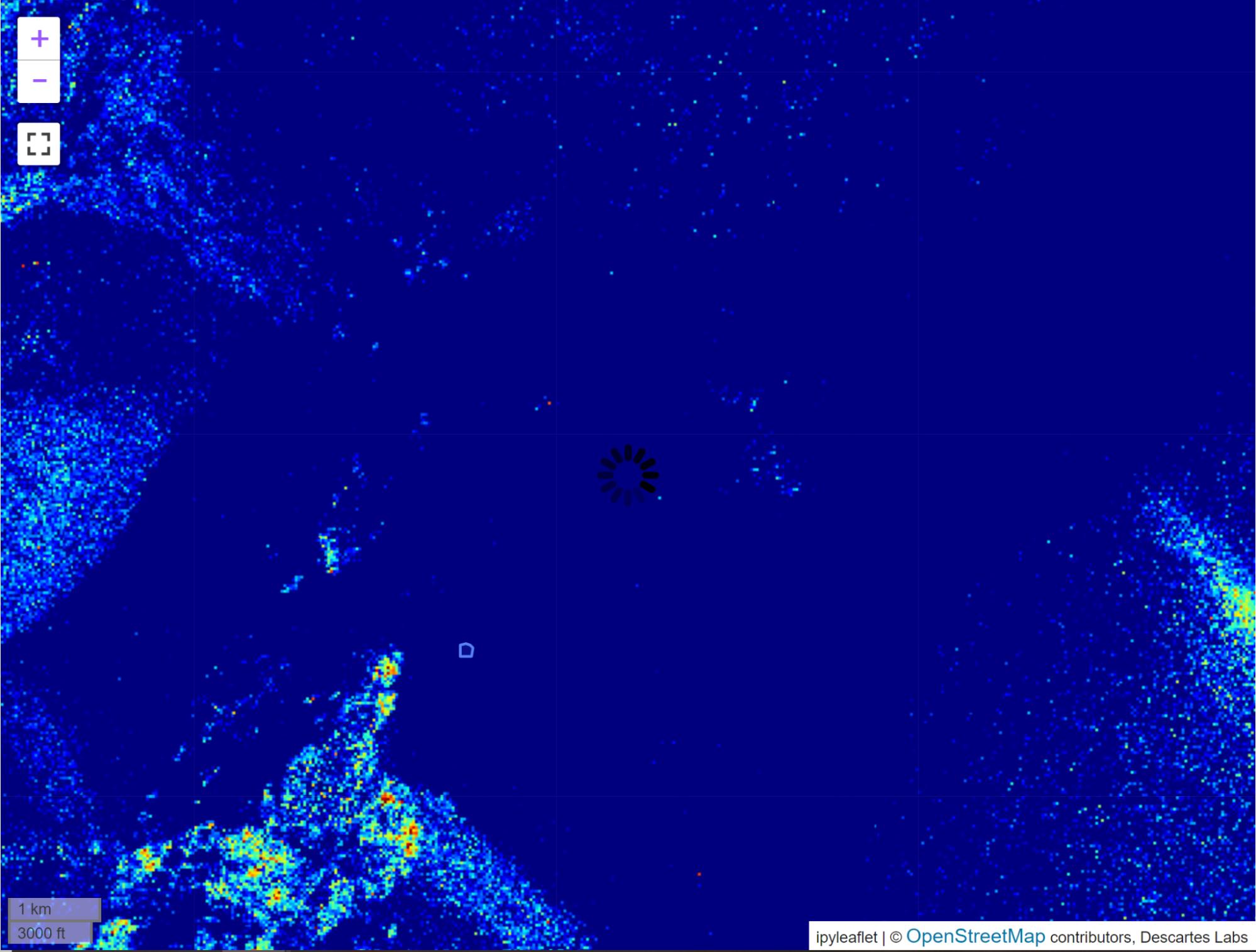
Product 19: Emissivity - Silica_index (SI) (L) with linear 2% stretch; (R)
thresholded results
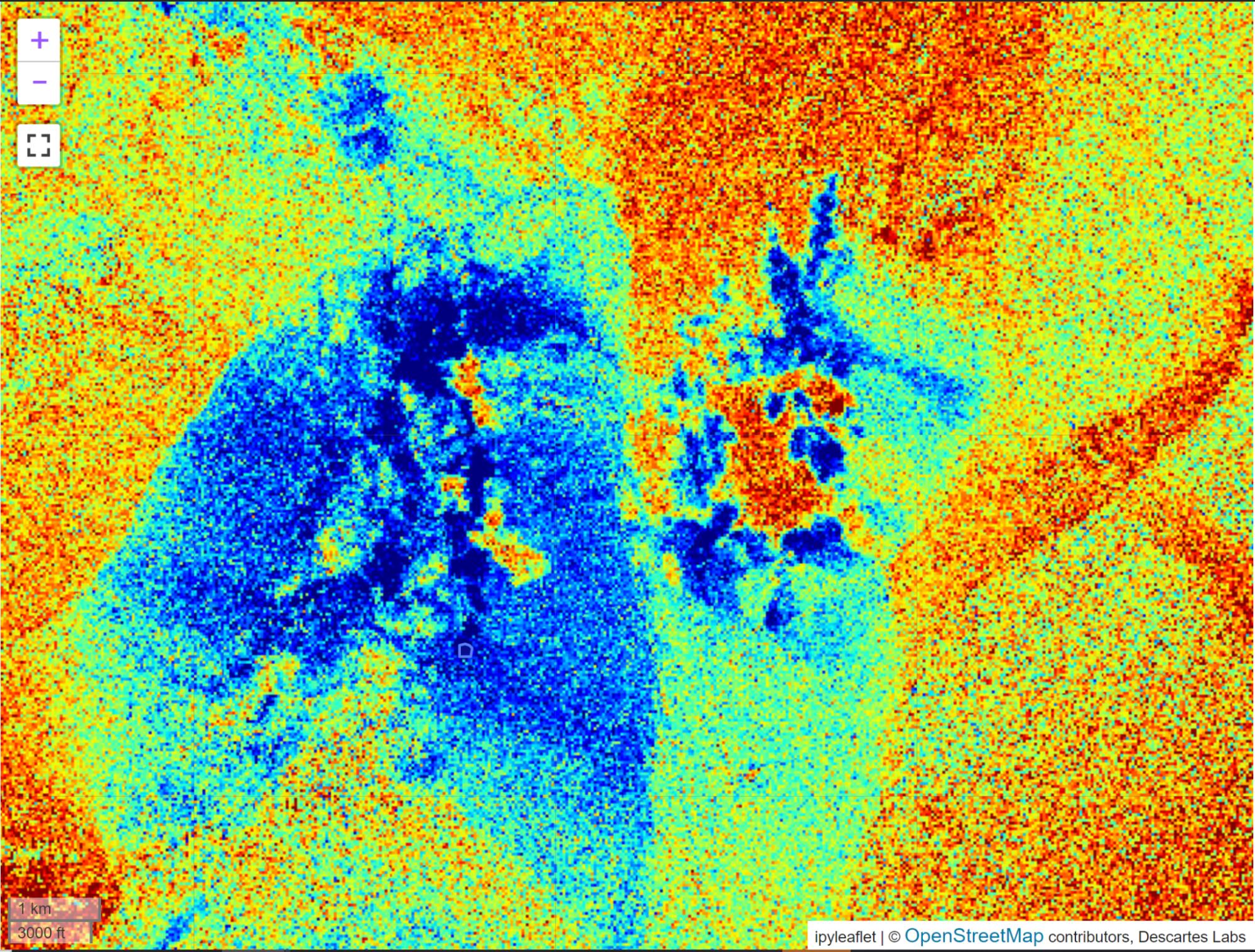
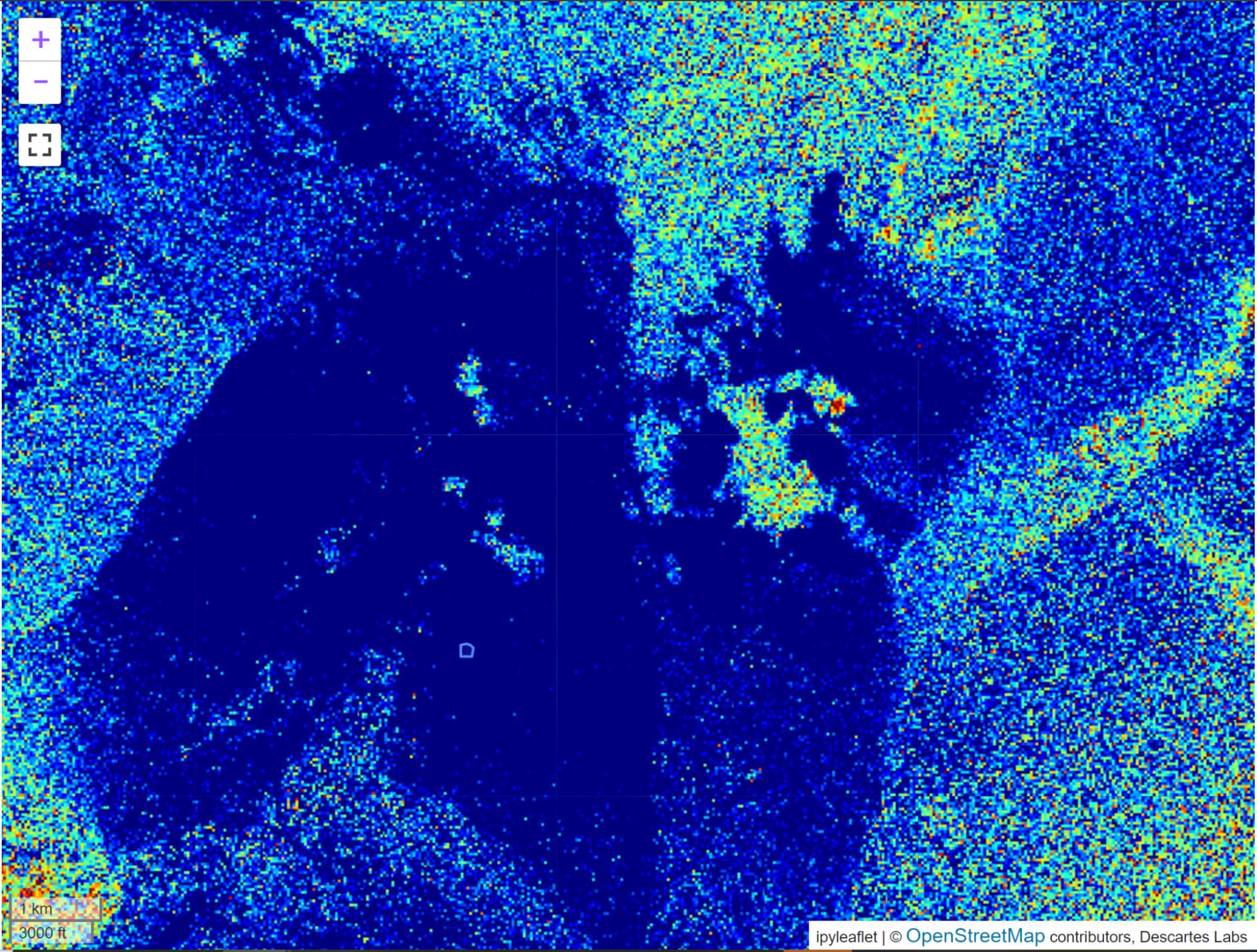
Product 20: Band Ratio - (AST_b5/SEN_b8) - (swir2/nir)

Product 21: Band Ratio - (AST_b4/SEN_b4) - (swir1/red)
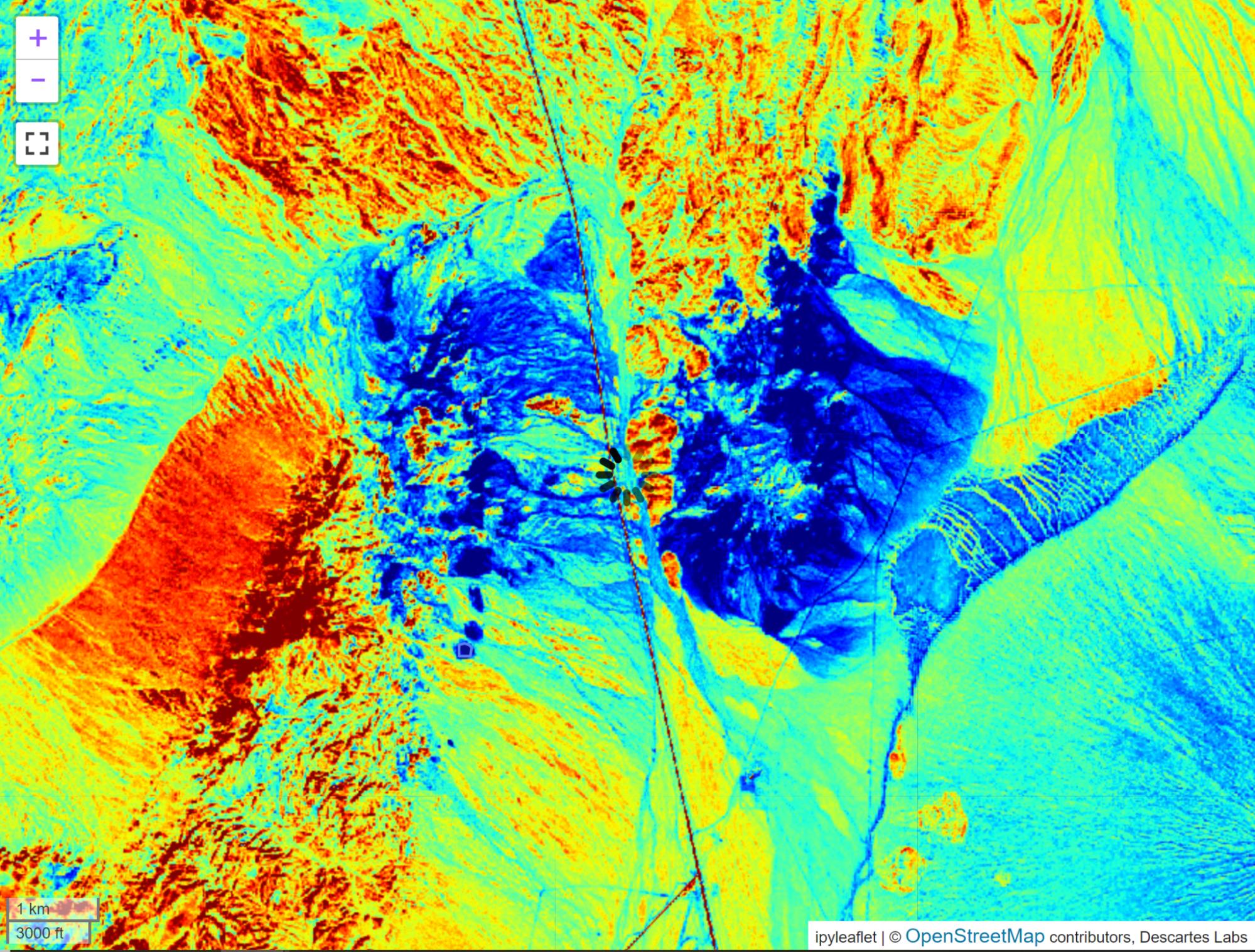
Product 22: Band Ratio - (AST_b4/AST_b7) - (swir1/red)
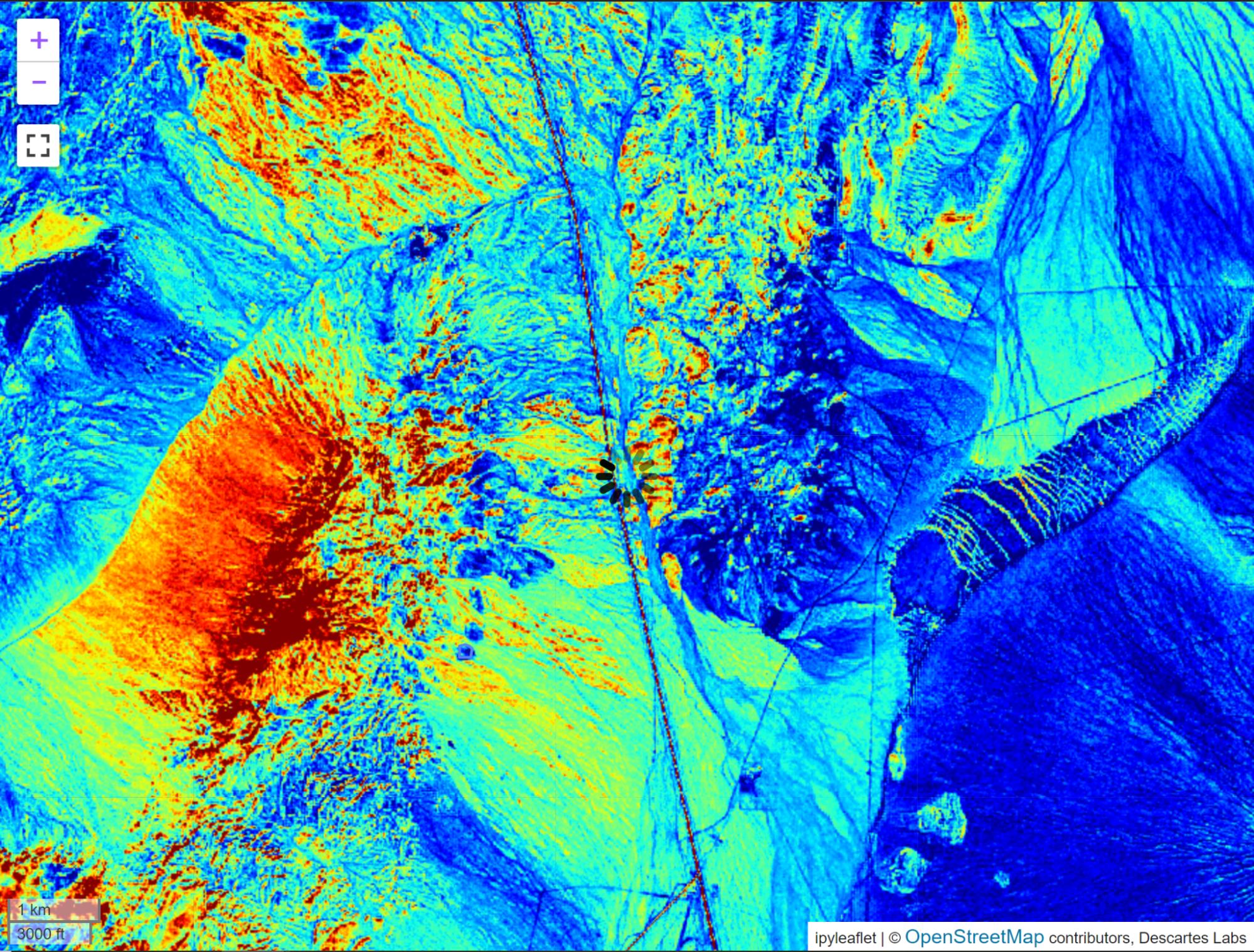
Product 23: Band Ratio - (AST_b4/Sen_S8) - (swir1/red)
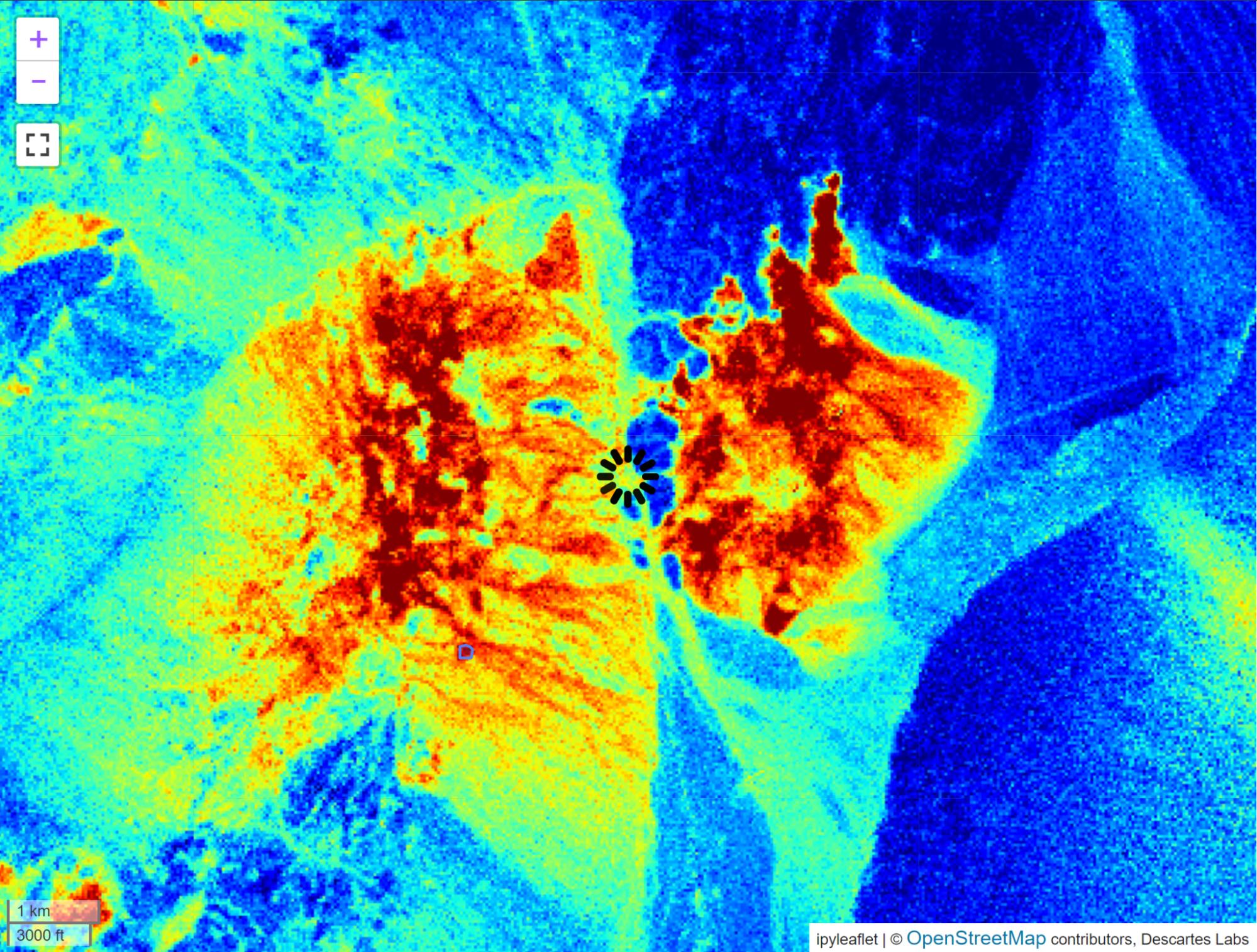
Product 24: TRatio12 - (AlOH_B6_Index, AST_b5/SEN_b8, FeOH_b7_index)
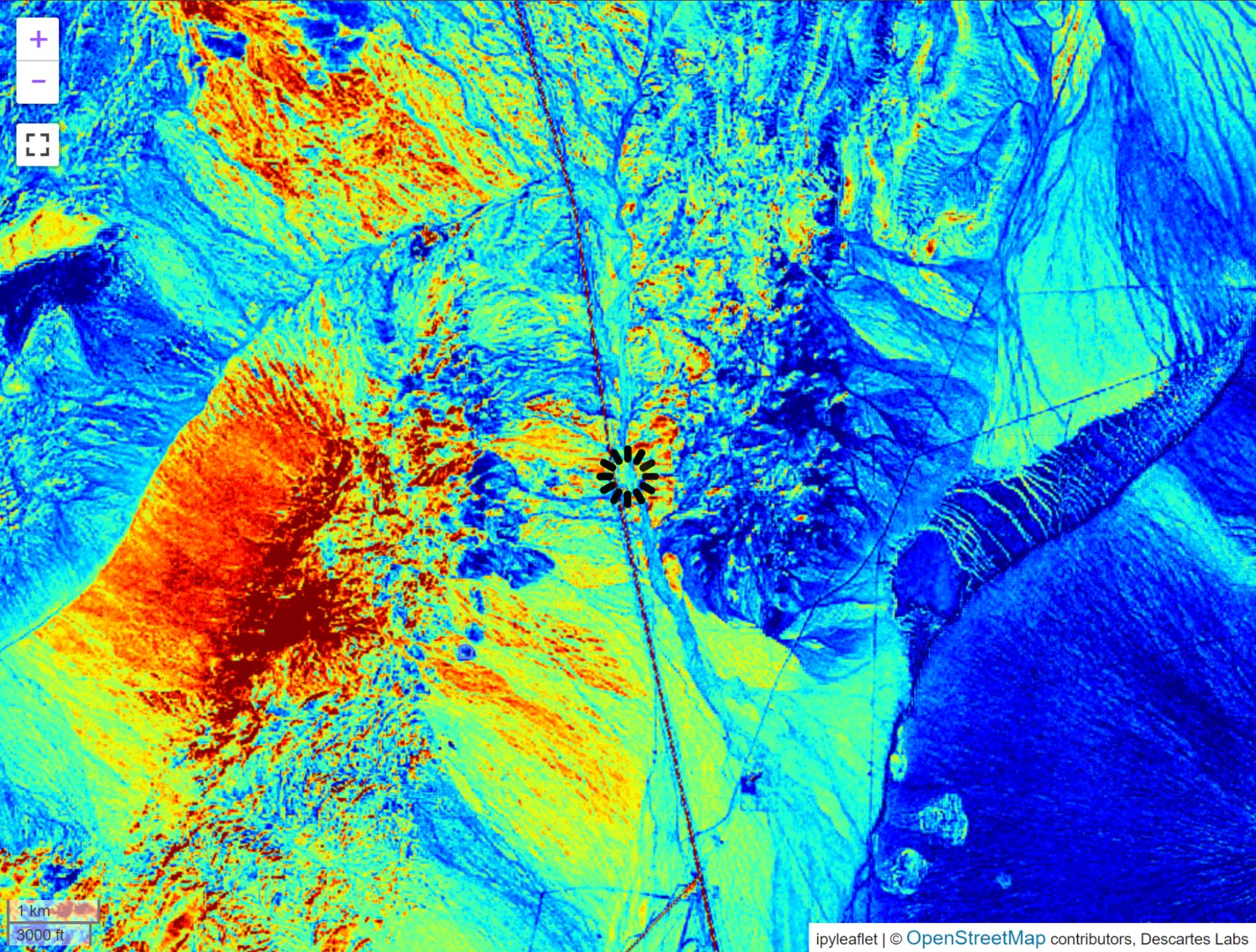
Product 25: Fused BEC - TRatio13 with linear 2% stretch
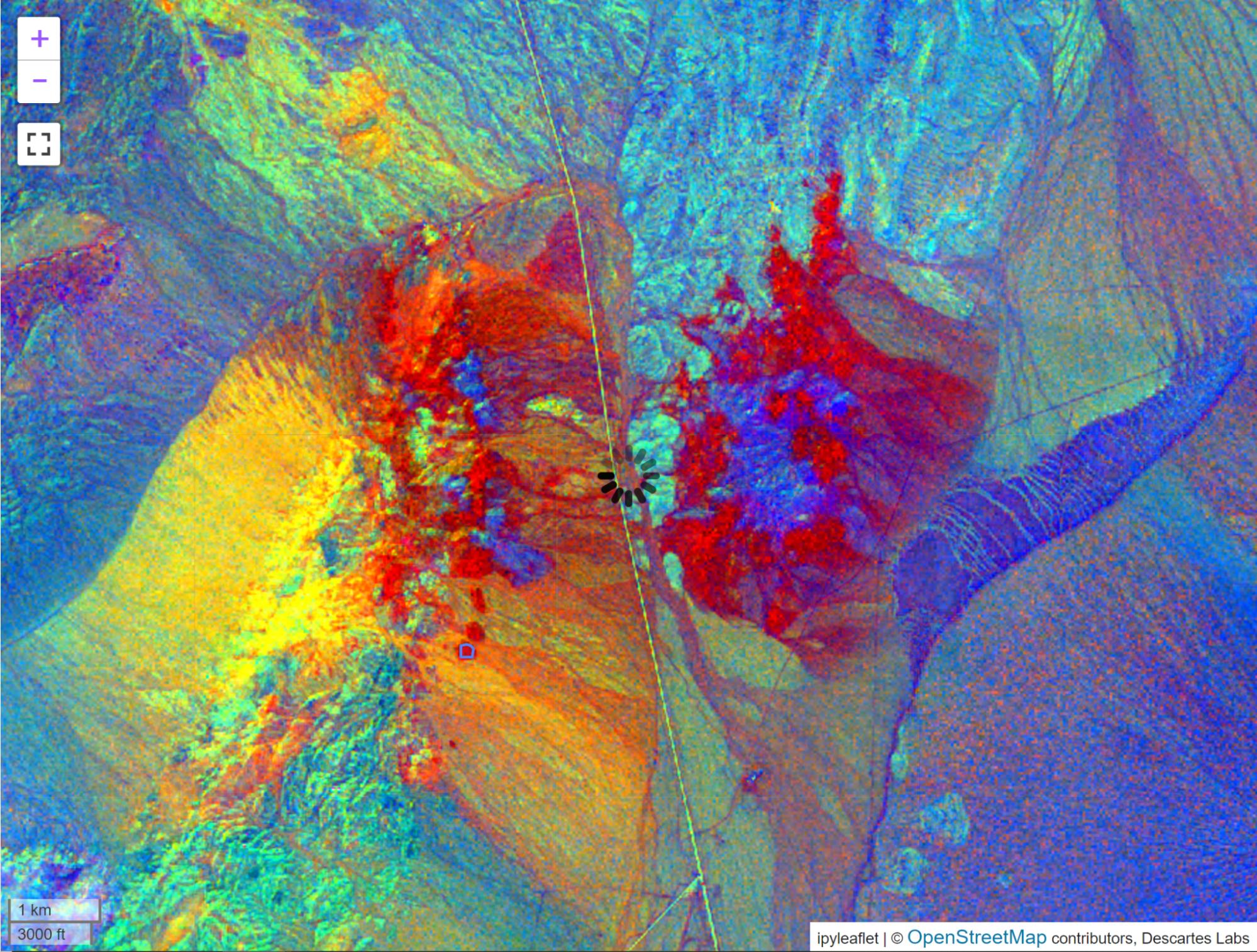
Product 26: Fused BEC - TRatio22 (ALI, KLI, FerricOX) with linear 2% stretch
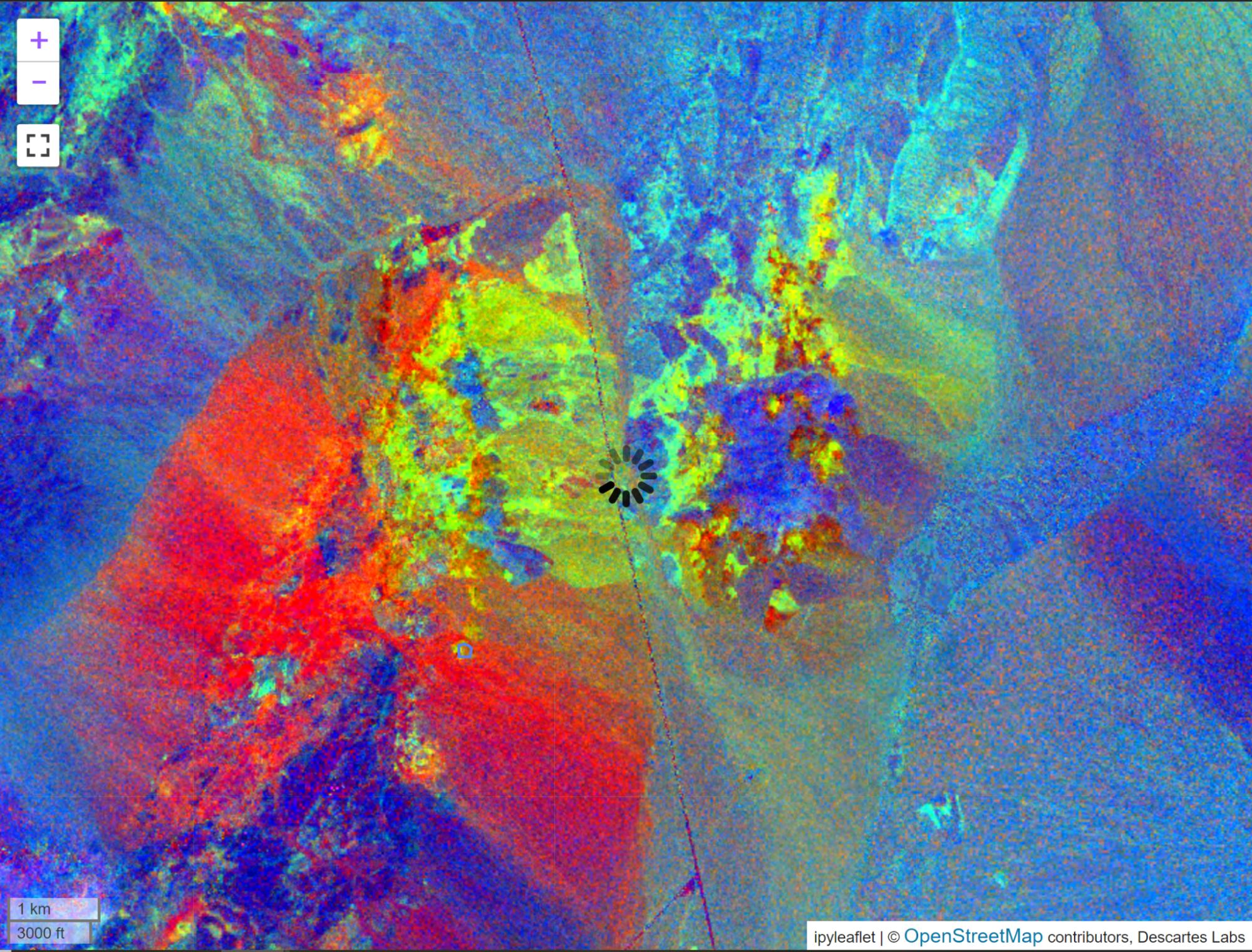
Product 27: Fused BEC - TRatio3 with linear 2% stretch
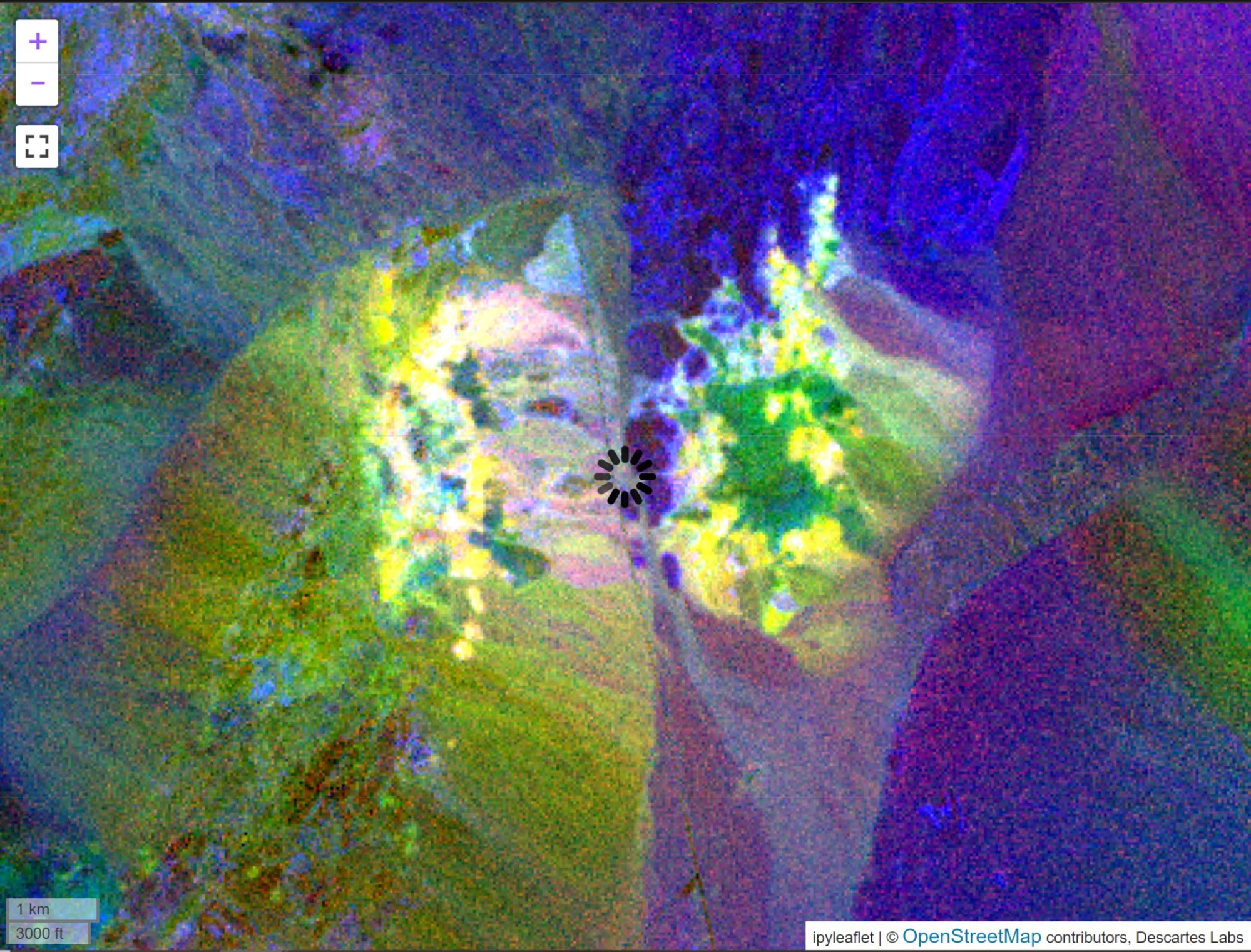
Product 28: Fused BEC - PCA(v-s)_123 with linear 2% stretch
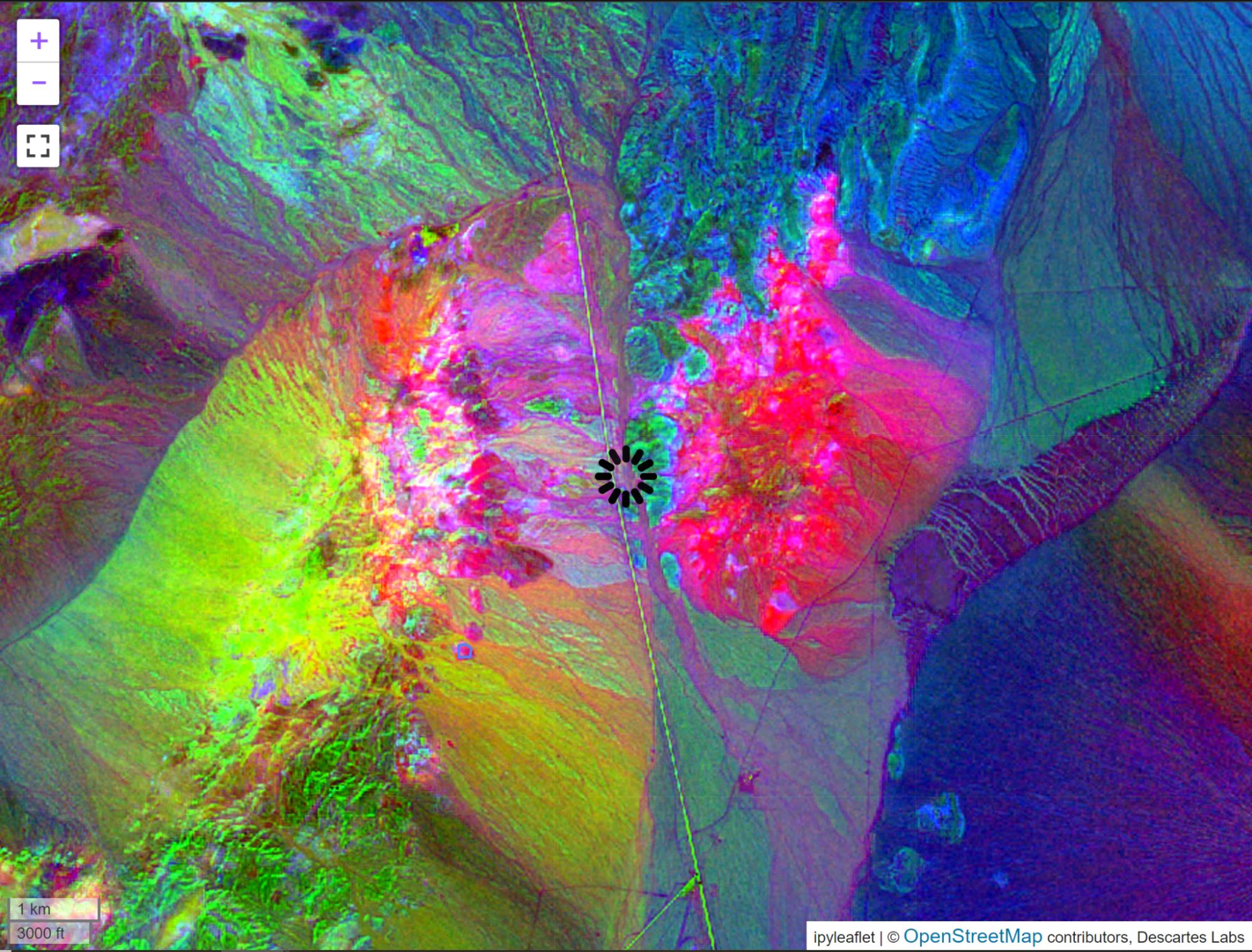
Product 29: Fused BEC - MNF(v-s)_123 with linear 2% stretch
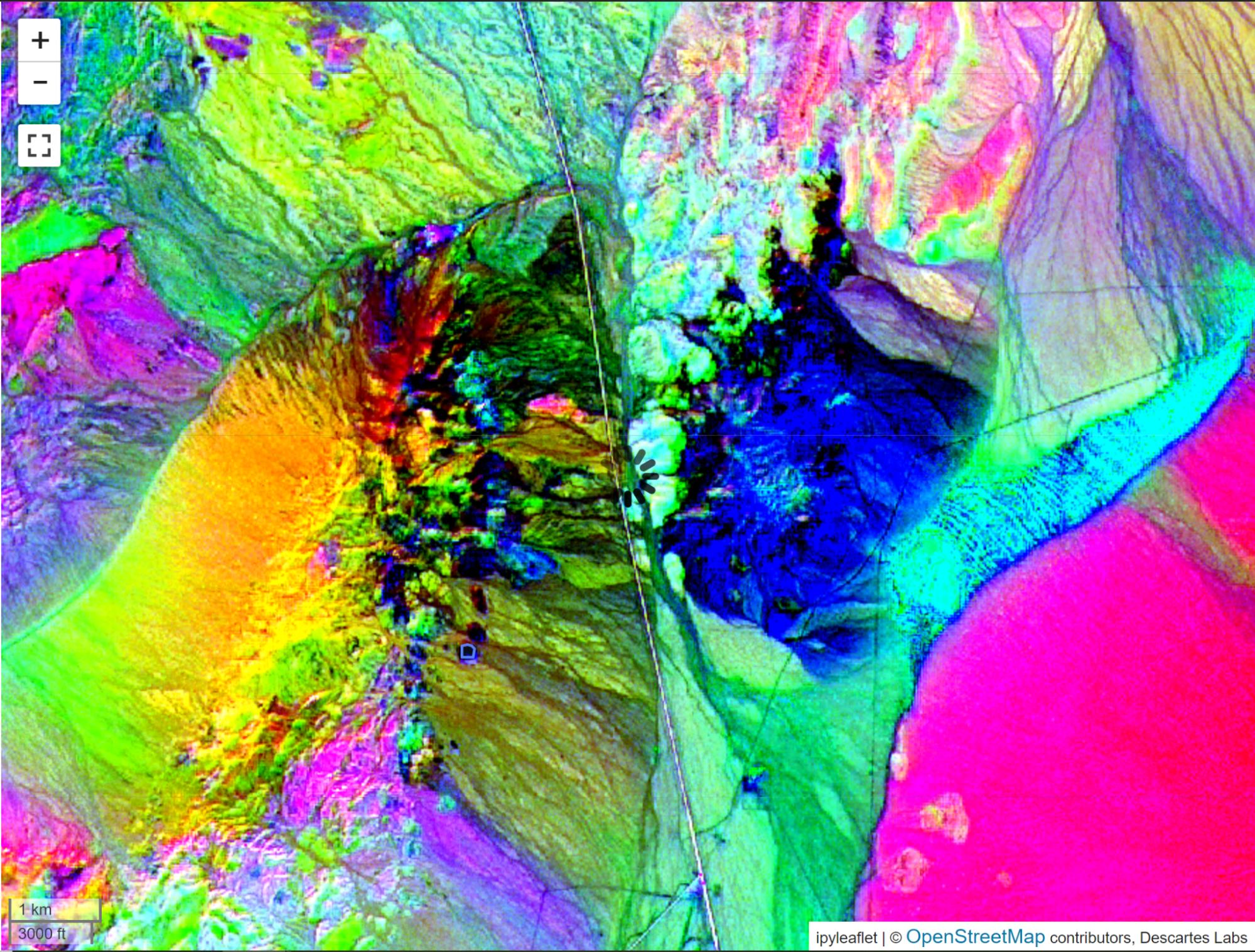
Product 30: Fused BEC - Alunite Hill - SAM Spectral Similarity (L) with linear
2% stretch; (R) thresholded search results displayed with a magma colour table
over the Cuprite AOI


Reference Ground Truthing Documentation and Maps for Cuprite
